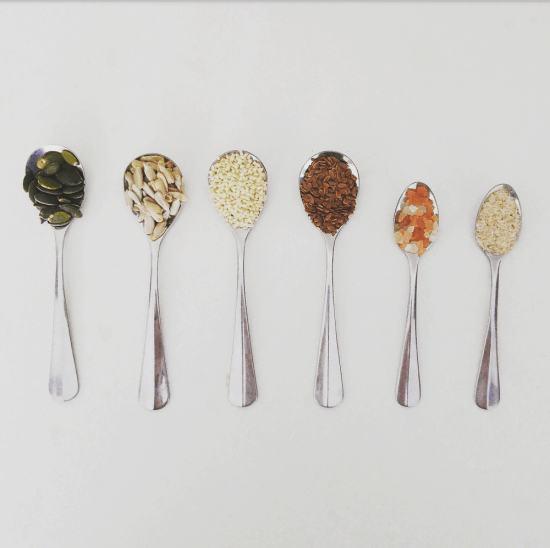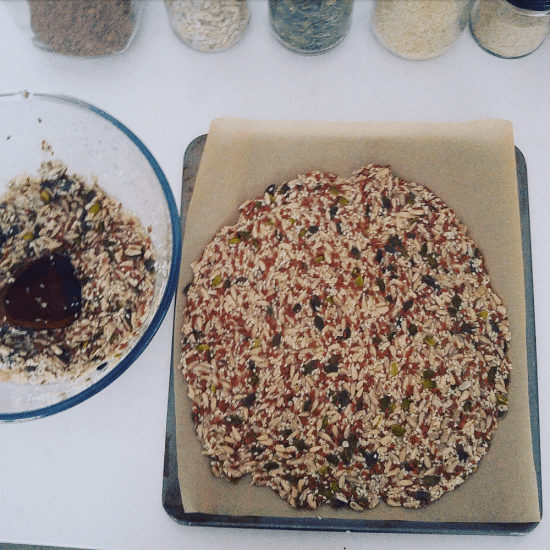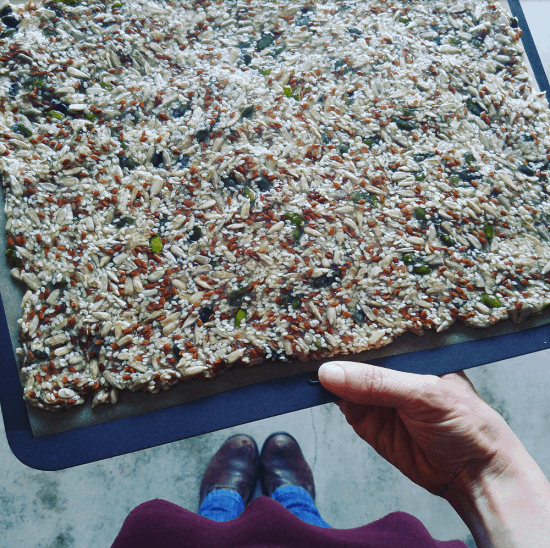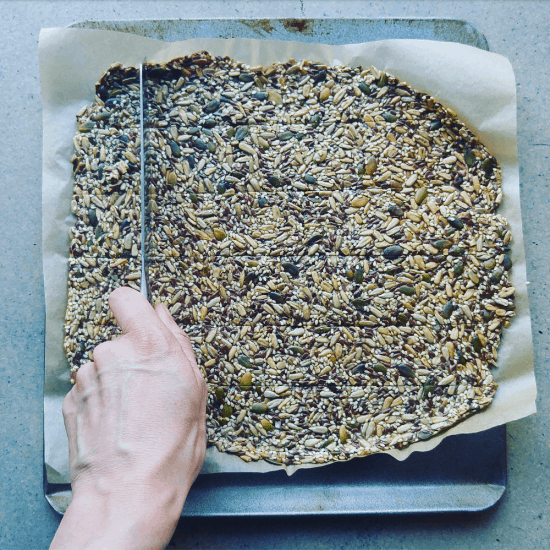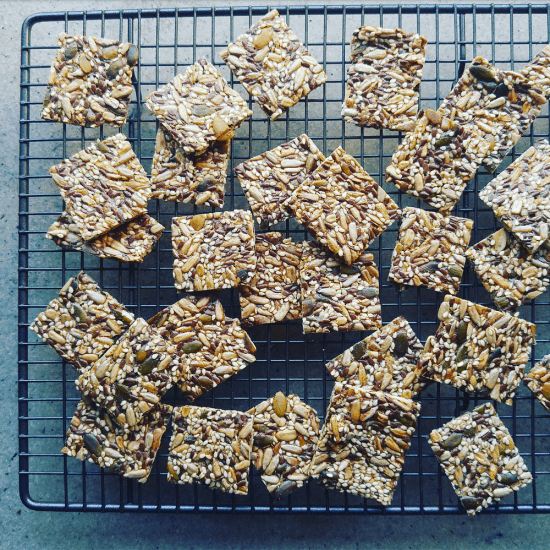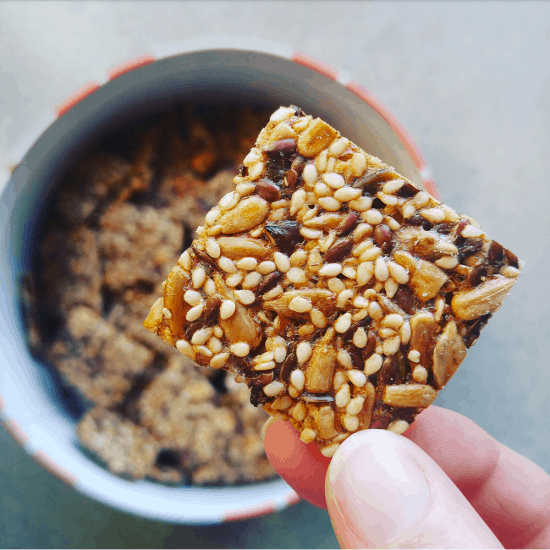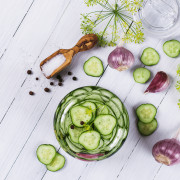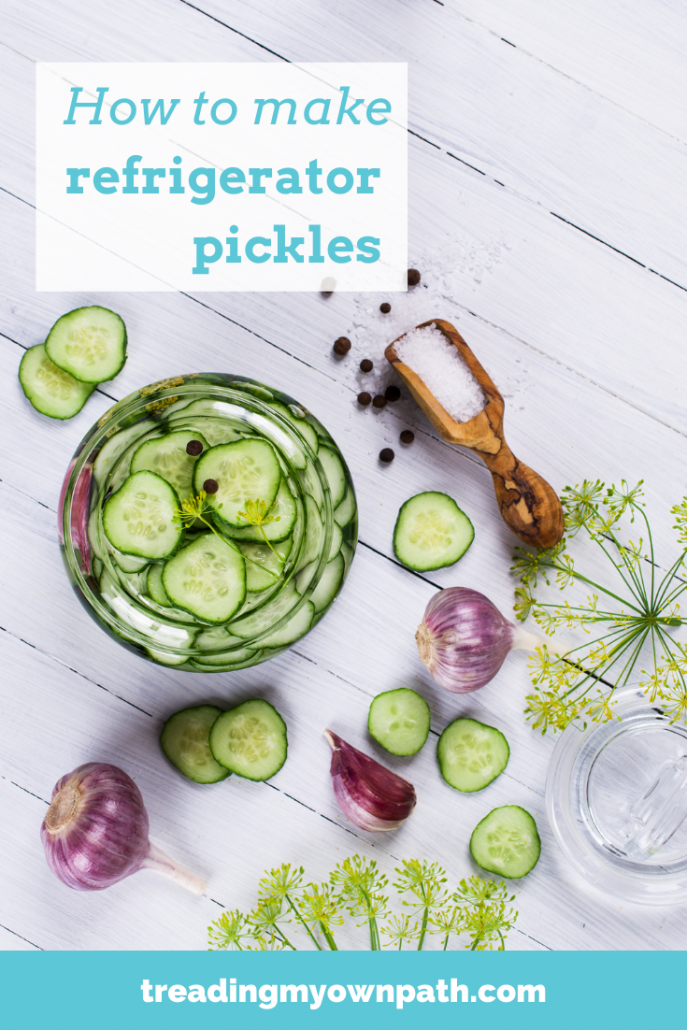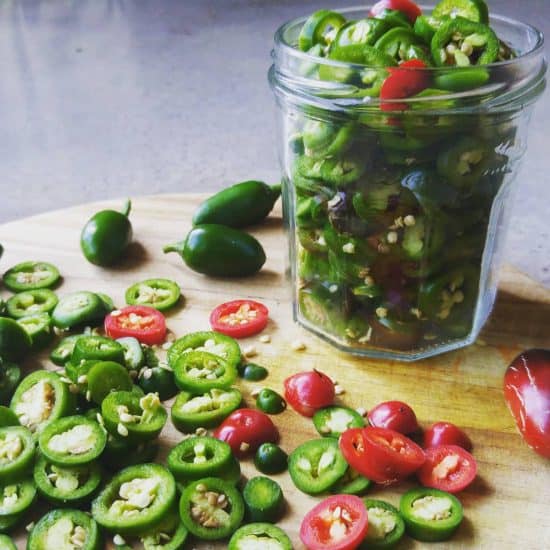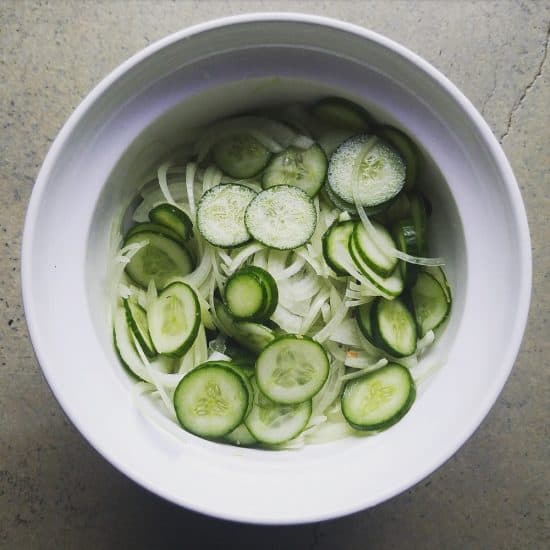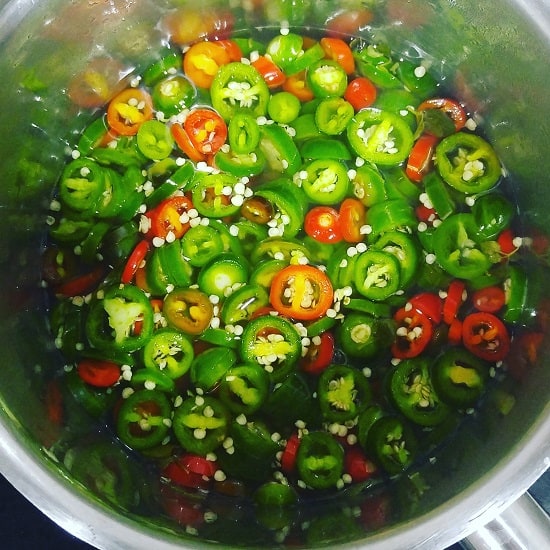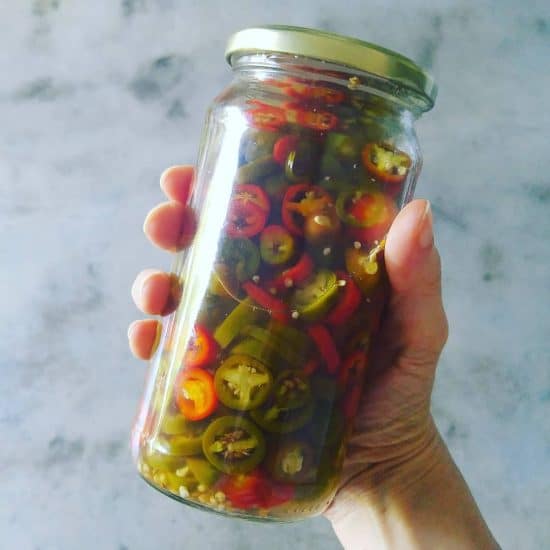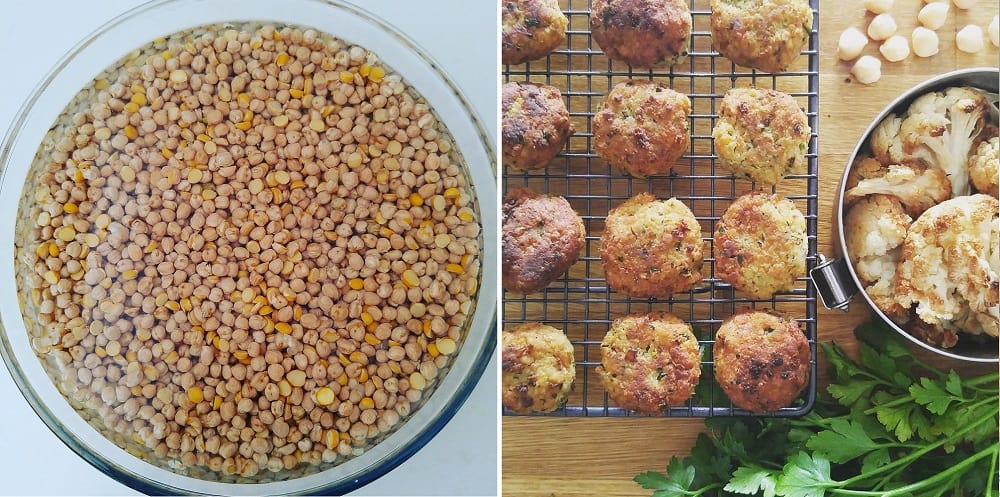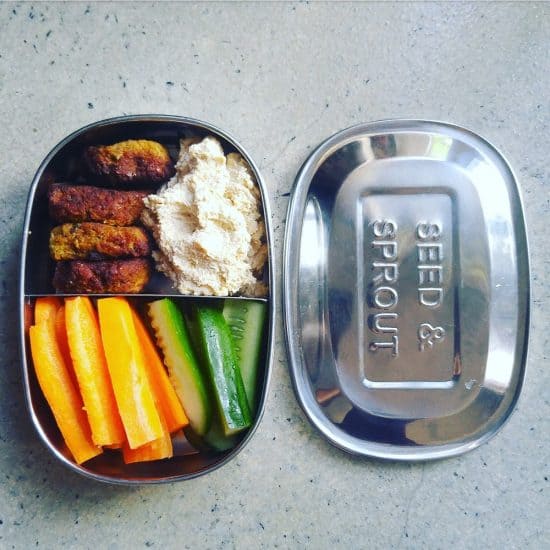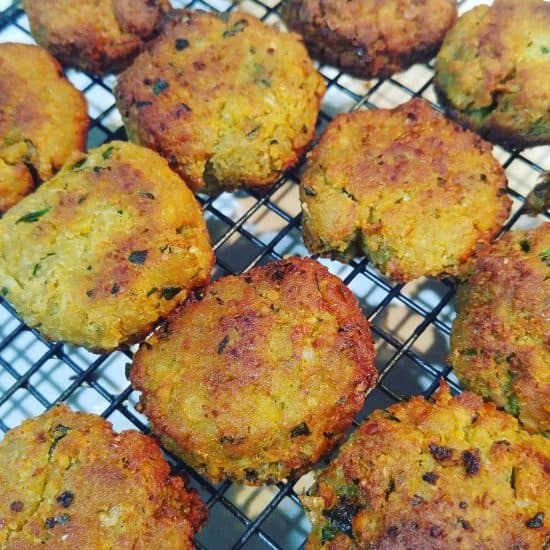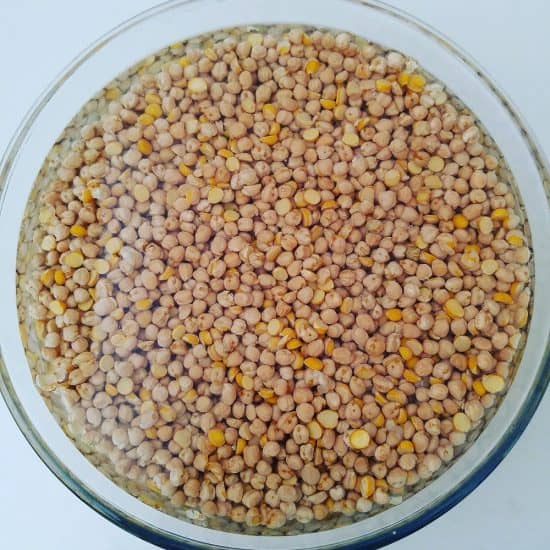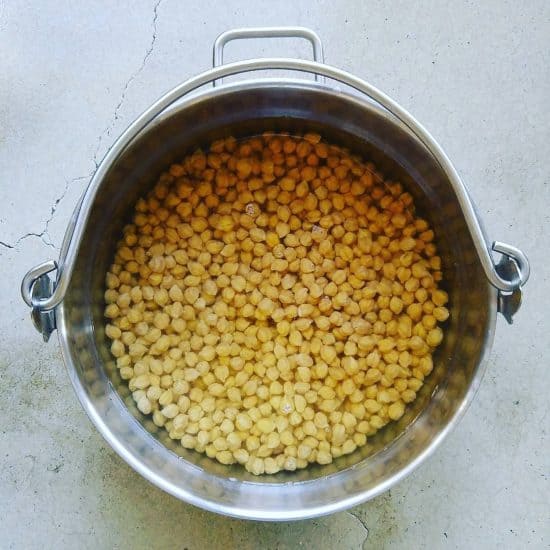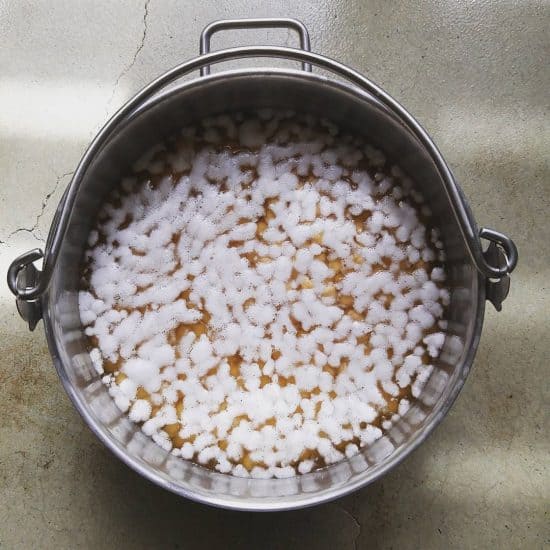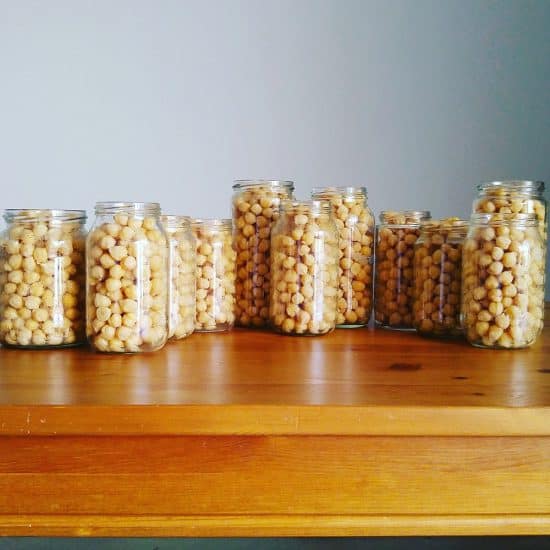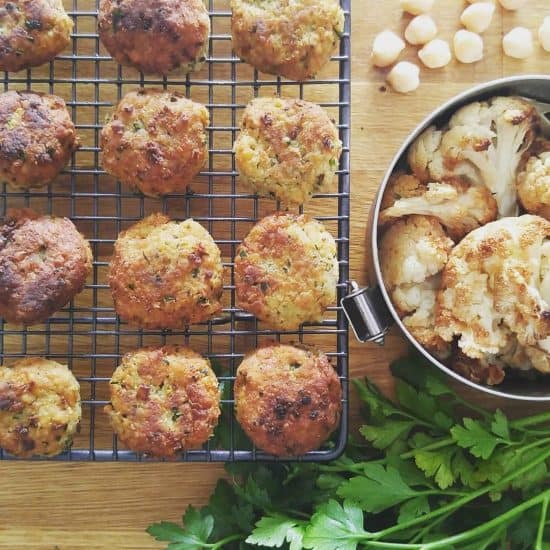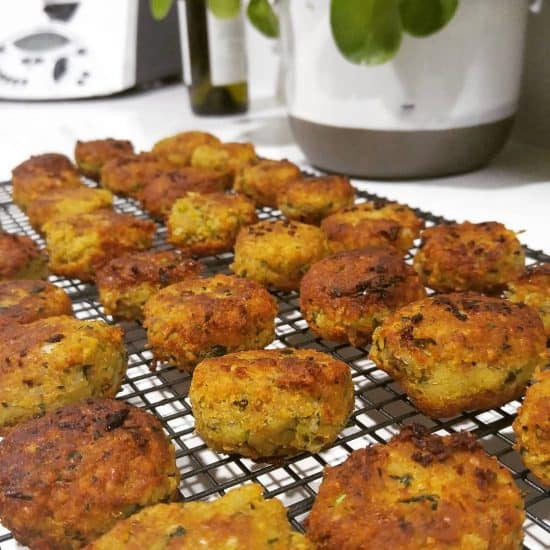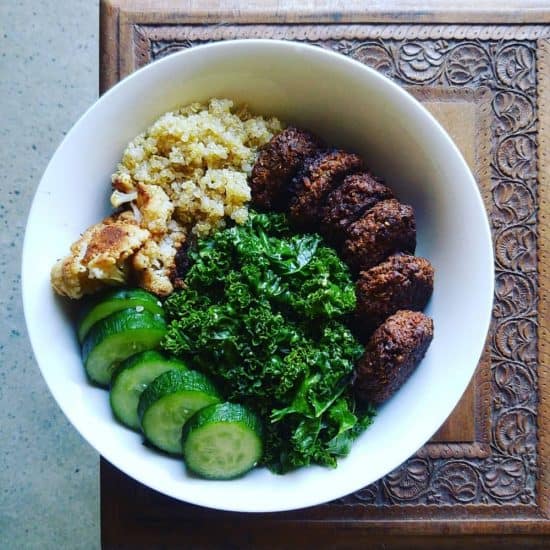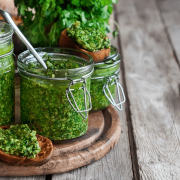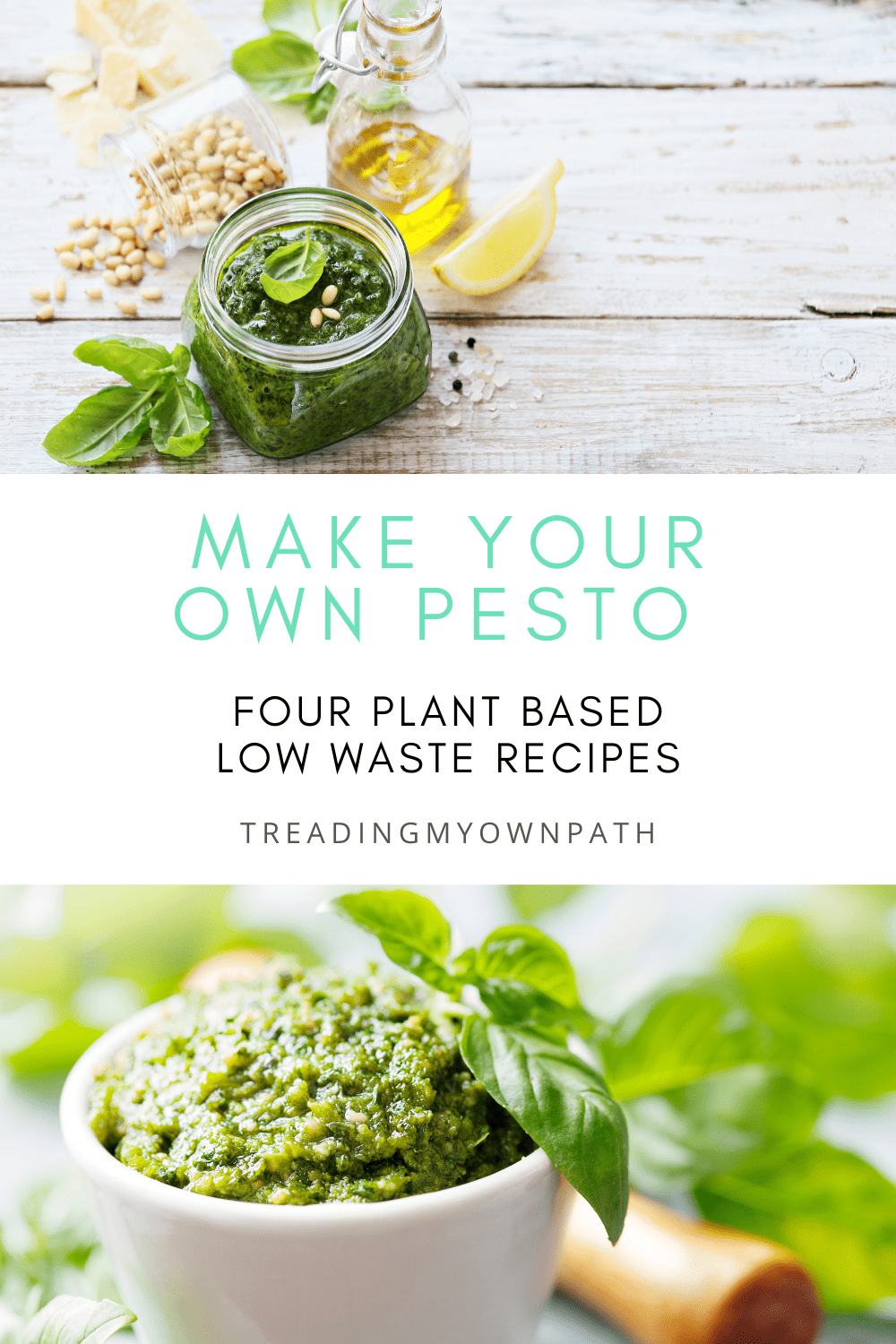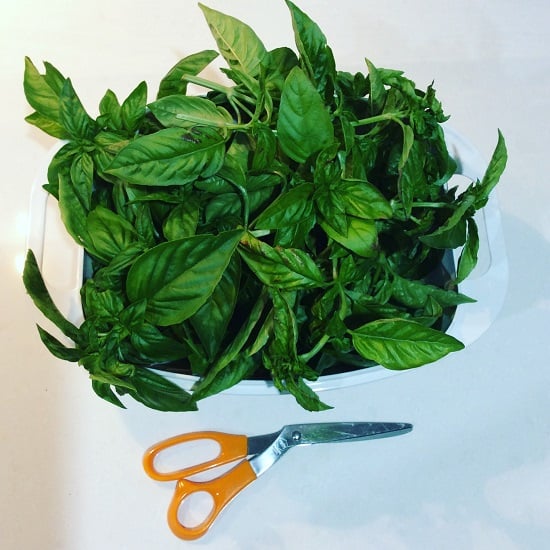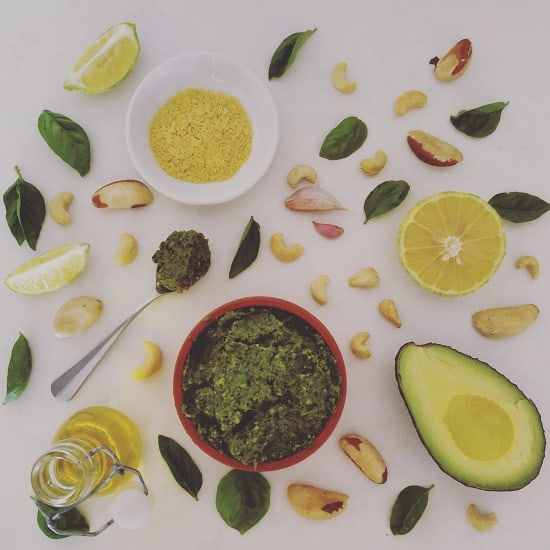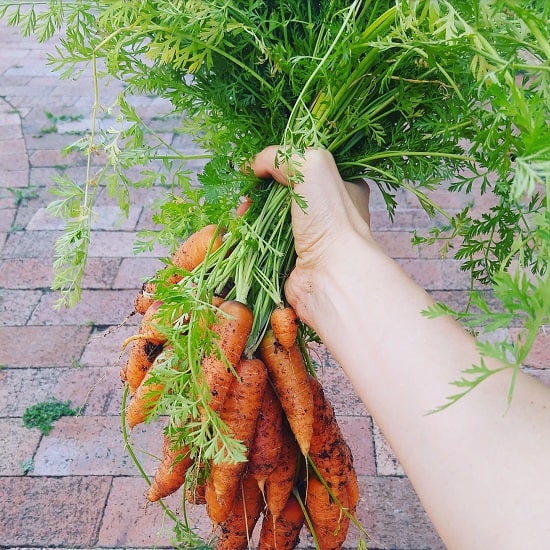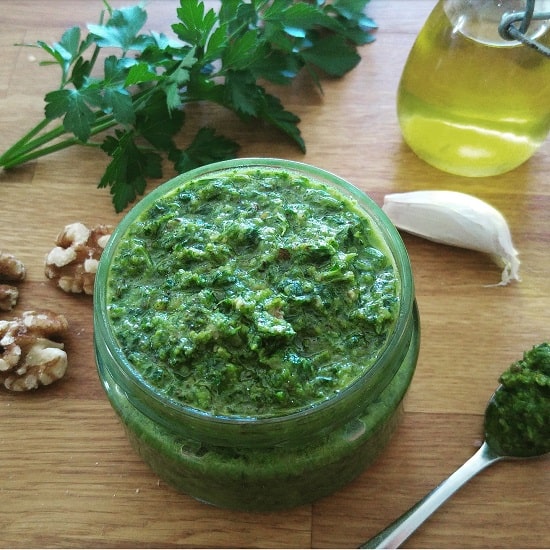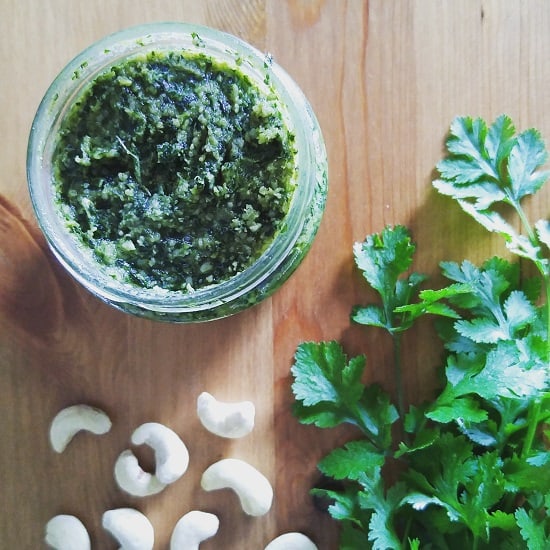How to make sourdough crumpets (a recipe)
Whilst everyone was embracing sourdough baking at the start of lockdown, I was doing my own experiments – with sourdough crumpets.
(I’m pretty happy with my sourdough bread game, although the oven at my current house isn’t really up to the task – you need a hot oven for a good crust, and mine isn’t so great at getting hot. Shame, considering that’s its only real goal in life.)
And so I thought I’d give sourdough crumpets a crack.
Crumpets, if you don’t know what they are, are a bread product that’s a little like a pancake except it’s full of holes. Which means whatever you smother on your crumpet drips through the holes. Crumpets are common in the UK as a breakfast item, traditionally smothered in butter.
I thought about making regular crumpets, using instant yeast, but that involved a trip to the store to buy instant yeast (which was sold out in most places). Not to mention, I find it’s one of those things that is purchased, two teaspoons are used, and then it expires and goes to waste.
(Oh, quick food waste tip. If you do buy instant yeast, store it in the freezer and not the pantry. This will extend the shelf life. Freezing doesn’t kill the yeast, just slows it down.)
I actually find sourdough easier. Plus sourdough always tastes better.
And so my Covid-19 baking was to perfect sourdough crumpets, and here is the recipe.
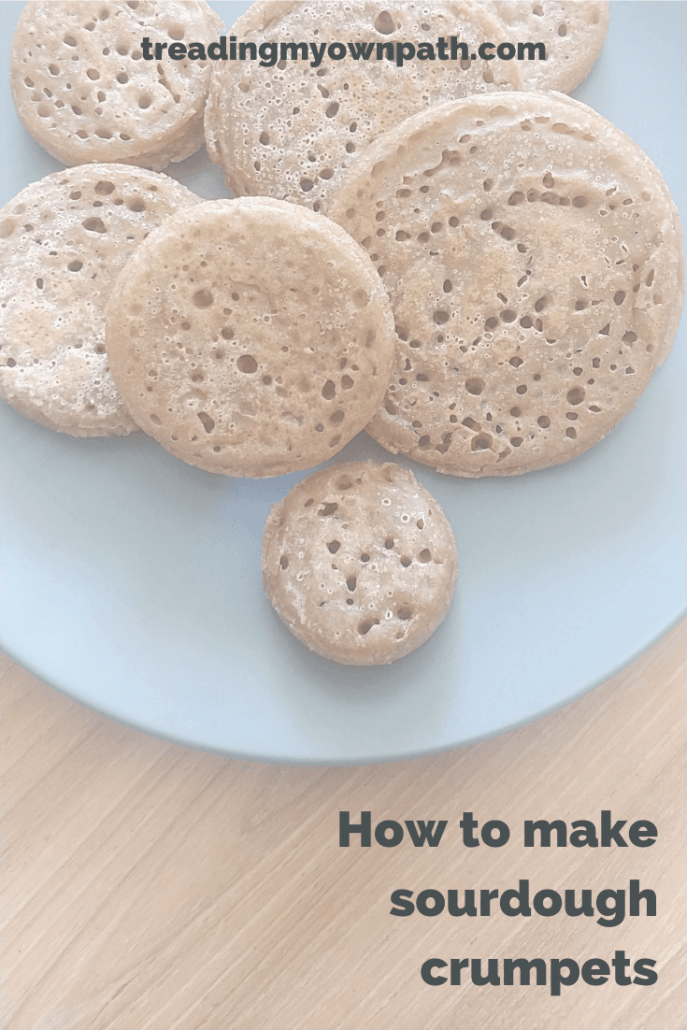
Sourdough starter
To make sourdough anything, you will need a sourdough starter. The good news is, you can make your own using flour, water and a bit of time. (I’d recommend using unbleached flour, and ideally organic, as you use the yeasts and bacteria naturally present on the flour to make the starter.) It’s very easy.
I’ve written about how to make your own sourdough starter before. You’ll need about a week to get it going (the time will depend on how warm your kitchen is).
If you’d like to cheat, track down a sourdough starter from someone local. I didn’t want to wait, and so I got a ready-made starter from a neighbour via the Buy Nothing group. (Other Facebook groups or online classifieds such as Gumtree would be ideal places to look.) You don’t need much.
Sourdough crumpets recipe
With sourdough recipes, there are three parts – the first is making the leaven or sponge (as it’s often called), which requires several hours of waiting time, and the next is making the batter or dough, and the final stage is cooking the crumpets.
It’s not a quick process, but the actually ‘doing’ part doesn’t take long. You just have to do a fair bit of waiting.
It will take about 24 hours from the start until the batter is ready to cook. If you want crumpets for breakfast, you’ll need to start the morning before.
This recipe makes 6 crumpets.
Ingredients you will need:
- 20g sourdough starter
- 200g spelt or plain flour
- 200g water
- 1 tsp bicarb
- 1/2 teaspoon salt
- 1 tsp honey / maple syrup / rice malt syrup (optional)
- Coconut oil or butter, for greasing
You’ll also need some metal circles. (I wouldn’t recommend silicone, as the metal heats up and cooks the sides.) You can buy purpose-made crumpet rings, or you can use cookie cutters (this is what I did), or you can DIY them buy cutting the top and bottom off of a tuna can (be careful and don’t cut yourself).
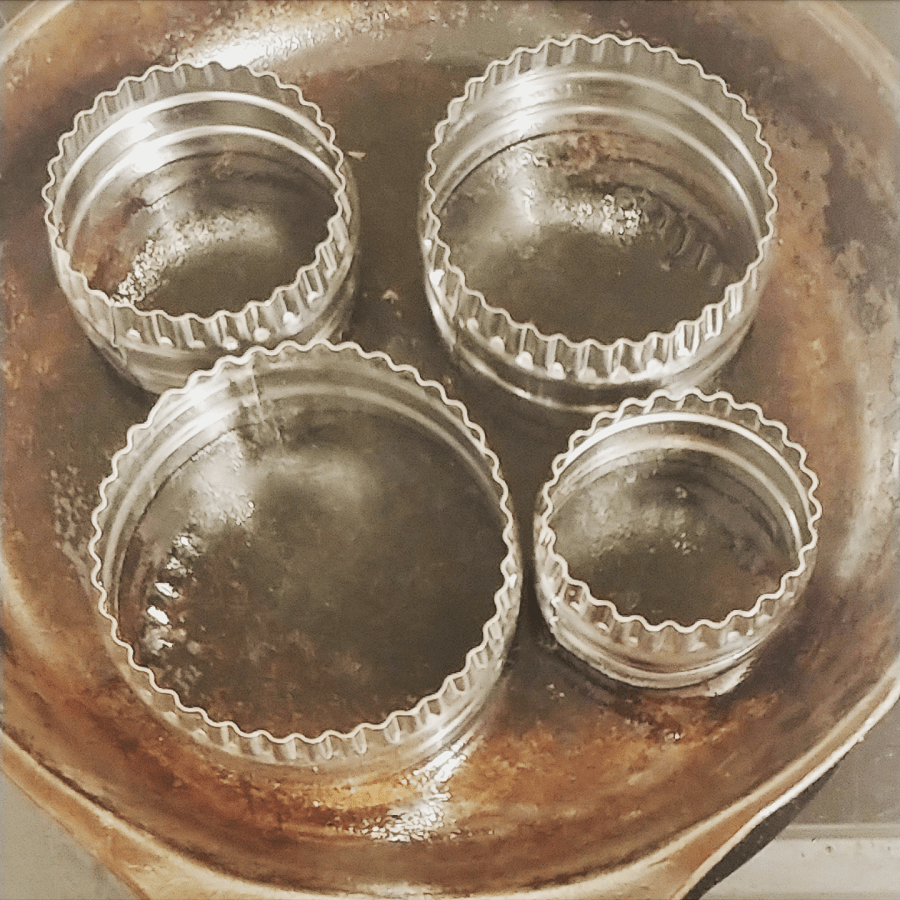
Stage one: making the sourdough leaven
For 6 crumpets, you will need to make 200g sourdough leaven. (If you already have 200g of sourdough starter, you can skip this step.)
I always use the ratio 1:5:5 of sourdough starter:water:flour. Add 20g of sourdough starter to a bowl and mix with 100g water (filtered or boiled and cooled down is ideal) and 100g flour. Cover with a tea towel, and leave for at least 8 hours. During this time the mixture will bubble, expand in size and then drop again. It will be runnier than at the start.
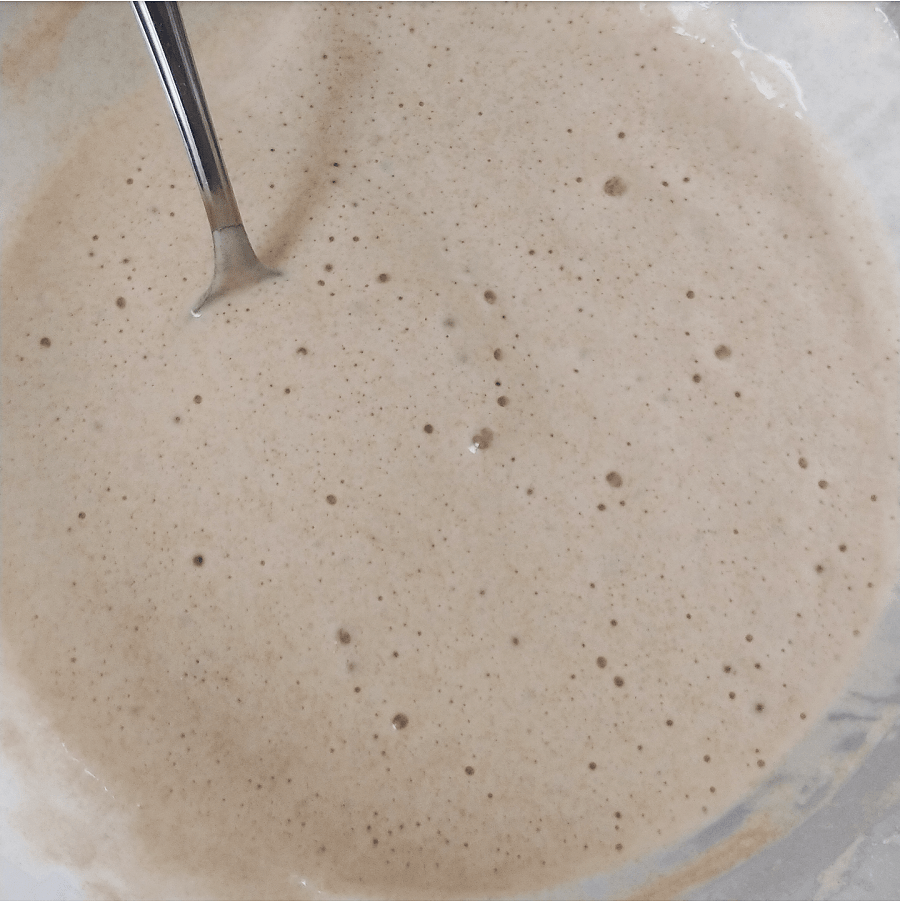
If, after 8 hours, it’s still puffed up and bubbling, leave it a little longer. It will be fine to be left for up to 24 hours on a kitchen bench. Or, if it’s ready but you are not, you can pop in the fridge (covered) for later.
Stage two: making the crumpet batter
Take your 200g sourdough leaven/sponge, and add 100g water and 100g flour to this, and stir to combine. I found spelt flour gave me the best results – it tastes better, and is less sticky than white flour which makes it easier to use, and easier to wash up afterwards. But white flour is cheaper and more readily available.
Avoid using bread flour if you can – the batter will be like glue.
Cover with a tea towel, and wait another eight hours. (It’s good to do this bit right before bed, so the sourdough is doing its thing whilst you sleep, and it’s ready to go in the morning.
Stage three: making crumpets
Heat a pan (I use cast iron) on a low heat, and add oil/butter to the bottom of the pan. Add 1 tsp bicarb and 1/2 teaspoon salt to the mix (and 1 tsp of sweetener, if using) and stir to combine. You’ll notice the bicarb makes the batter puff up and appear lighter and fluffier. You can add a little water if the batter seems thick and sticky.
Grease the inside of the crumpet rings well (I use coconut oil for this). Pop the crumpet rings in the pan and ensure they are flat so that the batter doesn’t ooze out the bottom. Once the rings are heated, spoon the mix into the rings so that they are about 1cm (1/2 inch) thick.
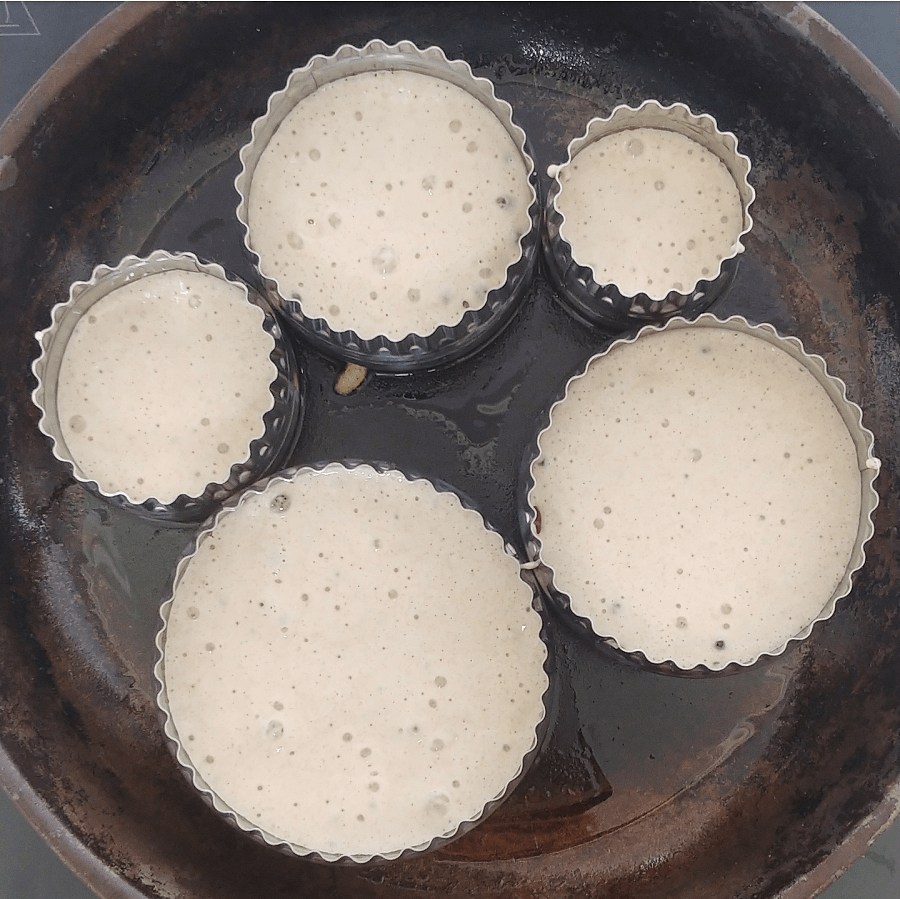
Continue to cook on a low heat. Crumpets cook very slowly. (It’s a bit like watching paint dry, watching crumpet batter cook.) You’ll start to see bubbles appear as they cook. After 15 minutes or so, they edges and base will be cooked and the top will look dry, and they are ready to remove from the ring and flip over.
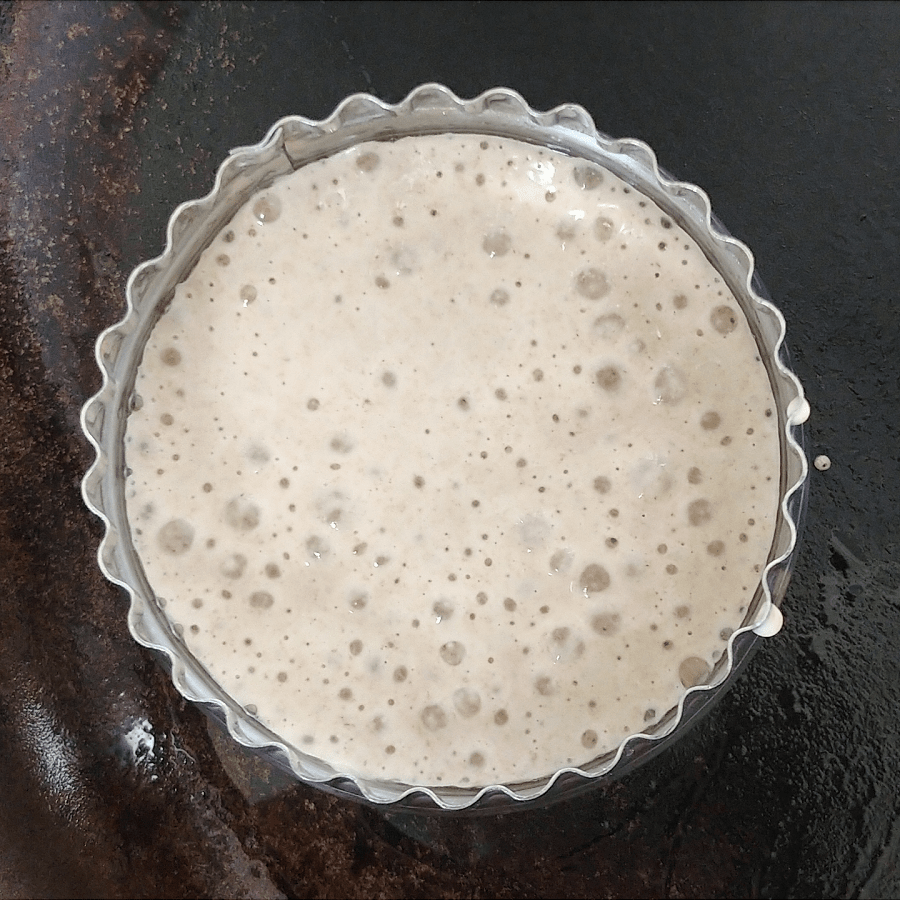
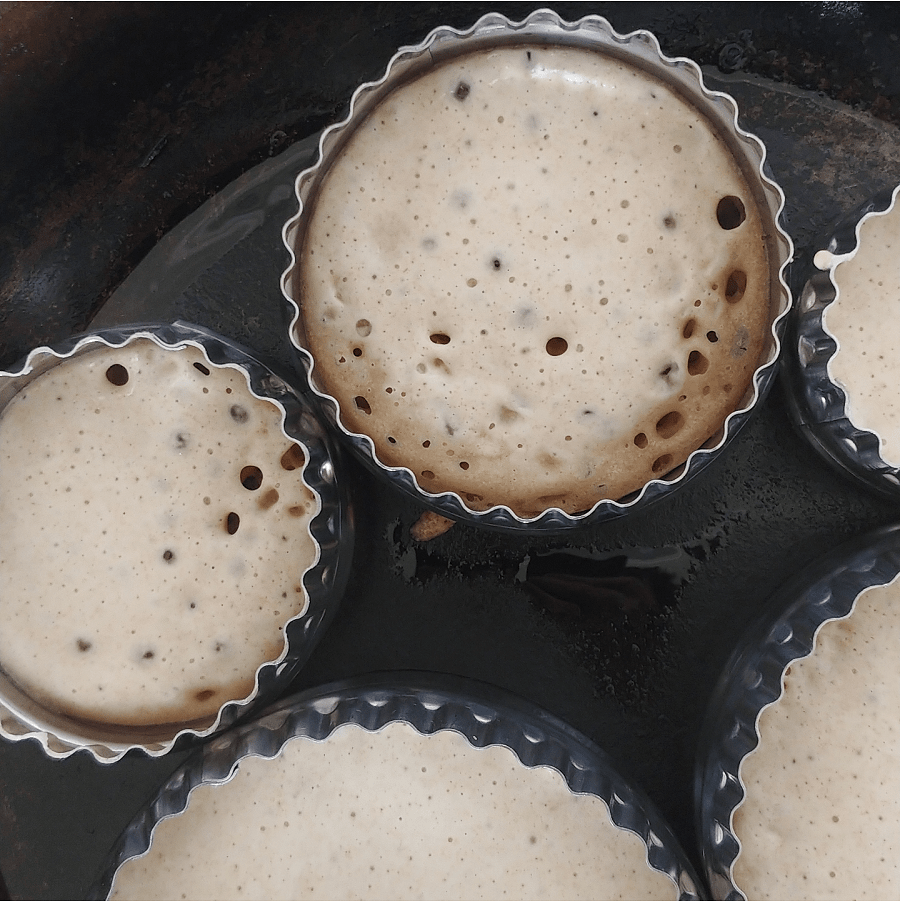
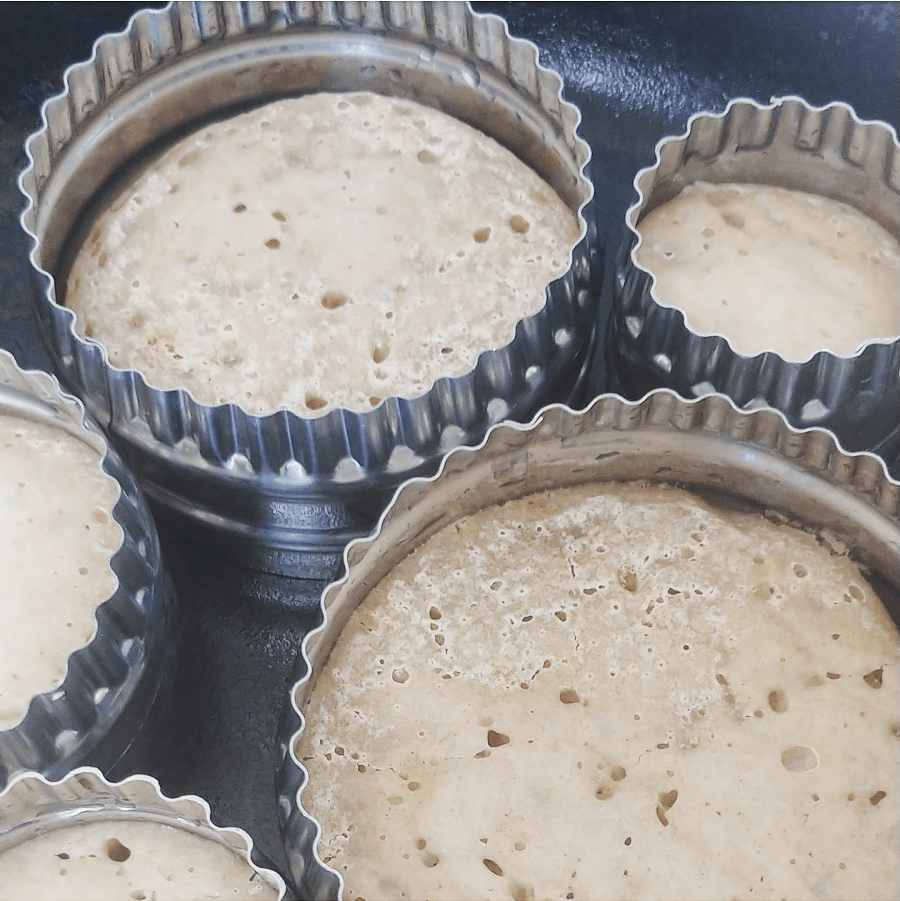
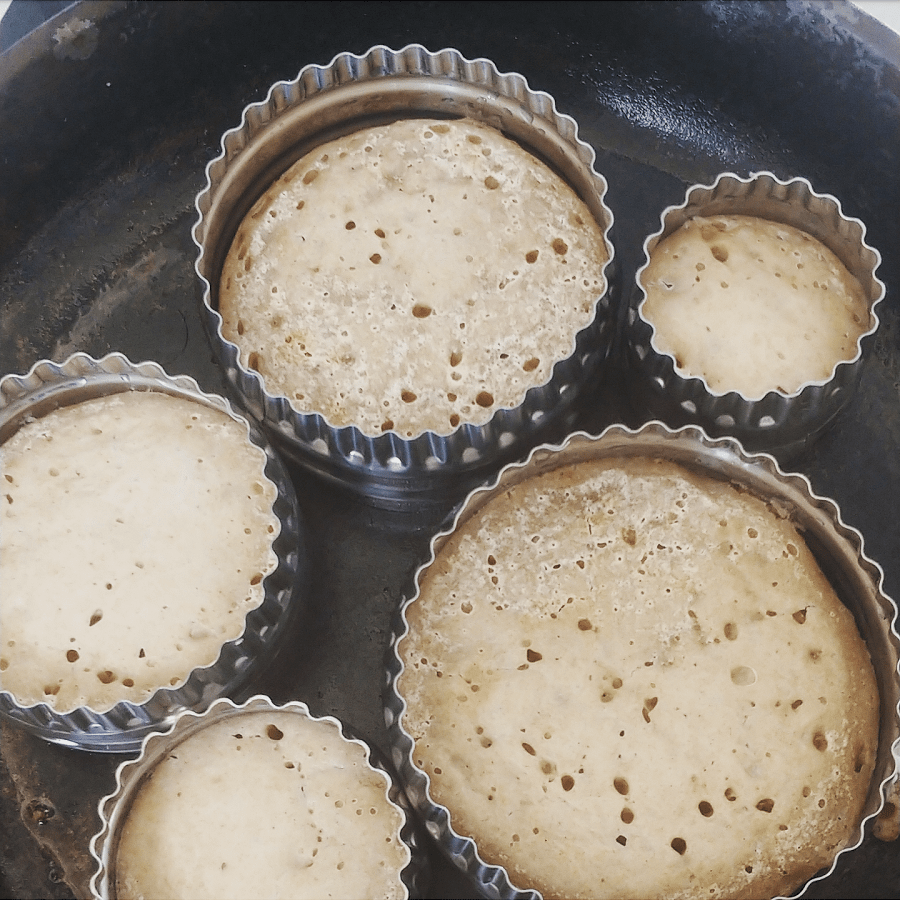
(Cheat tip – your crumpets will be full of holes, but they don’t always make it to the surface. If you want your crumpets to look more holey, you can ‘pop’ the holes visible just under the surface with a cocktail stick. It won’t affect taste but they’ll look better.)
Once removed from the ring, pop them back in the pan upside down and cook for a few more minutes.
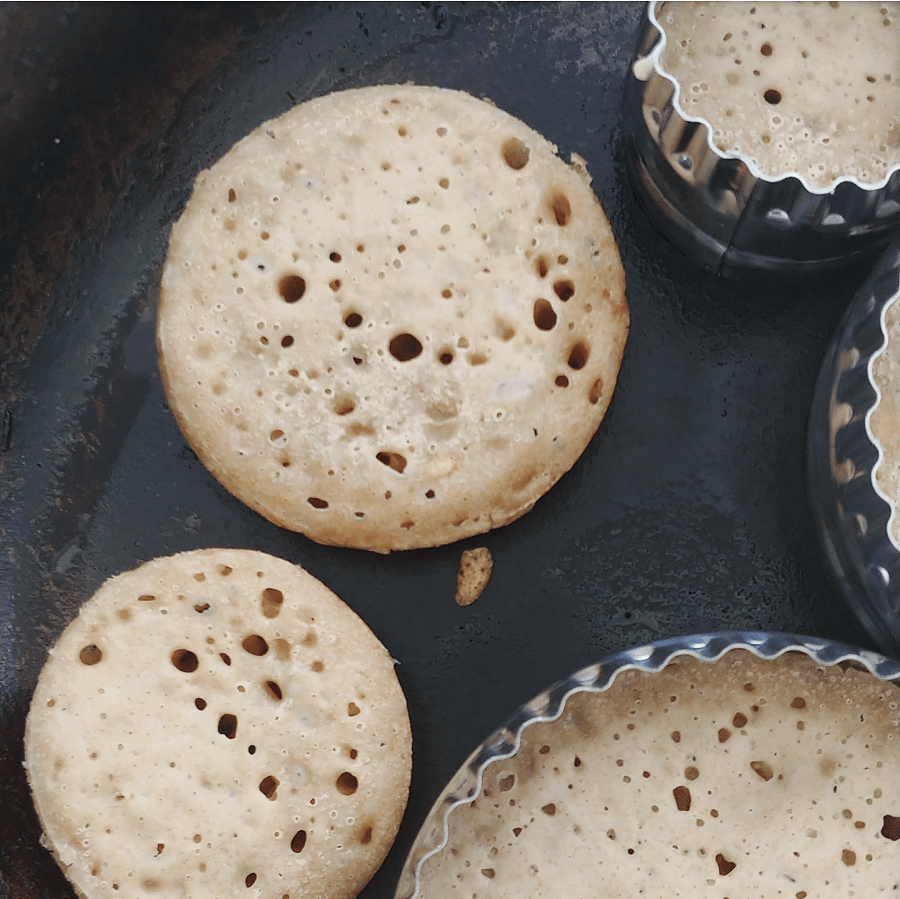
Eat straightaway. (You can keep them to warm the next day, but they really do taste best fresh.) I like to smother mine in macadamia nut butter and a little honey.
Which might not sound super healthy, but with the amount of work they take they are definitely a sometimes food, so why not?!
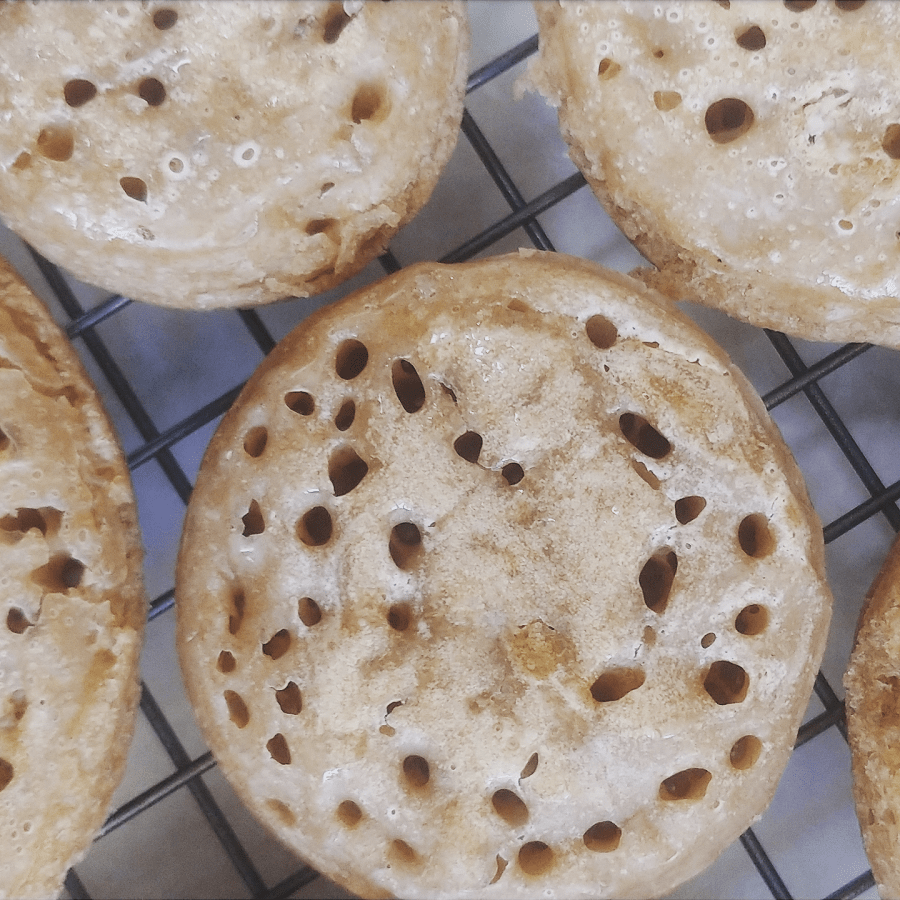
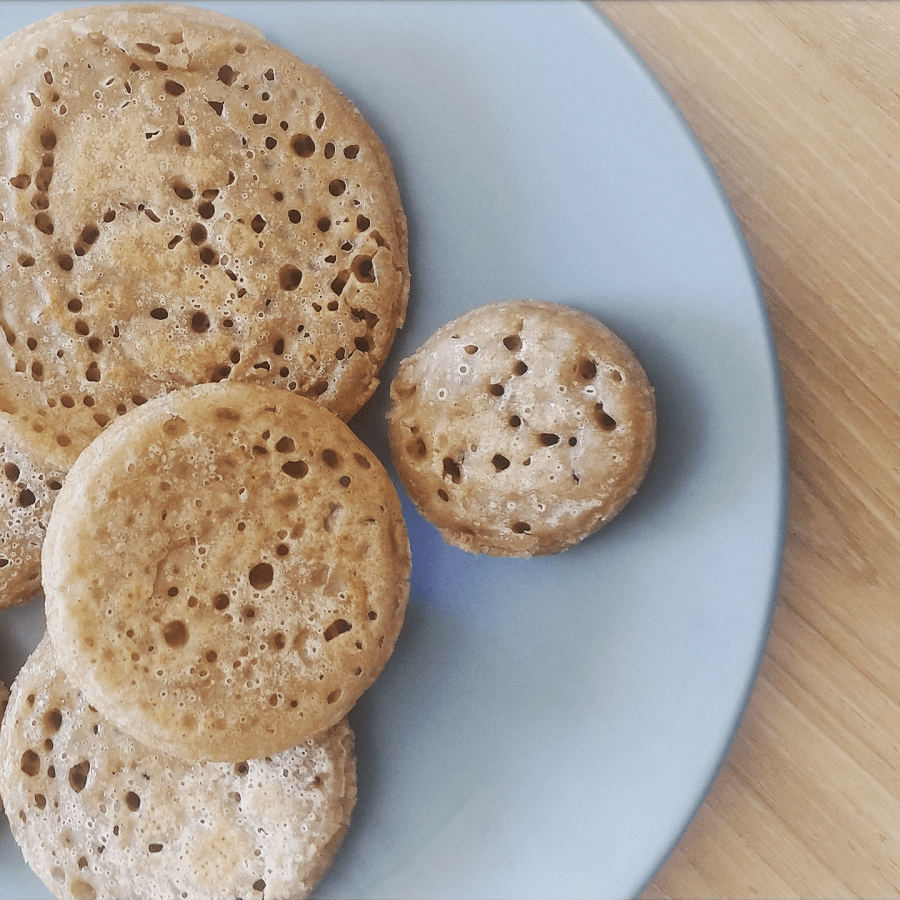
Now I’d love to hear from you! Did you get into baking during March lockdown? Did you try out some new recipes or revisit old ones – and which were your favourites? Any crumpet related questions or tips? Any other thoughts? Please share your ideas below!
[leadpages_leadbox leadbox_id=123a865e9839c5] [/leadpages_leadbox]

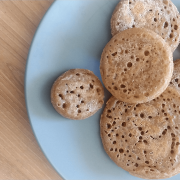
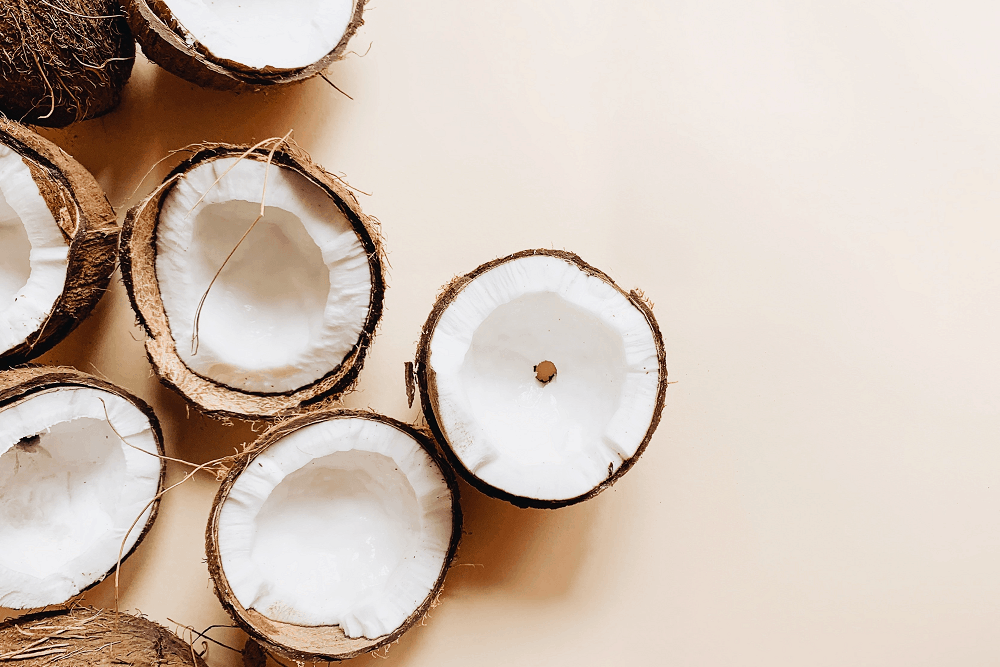
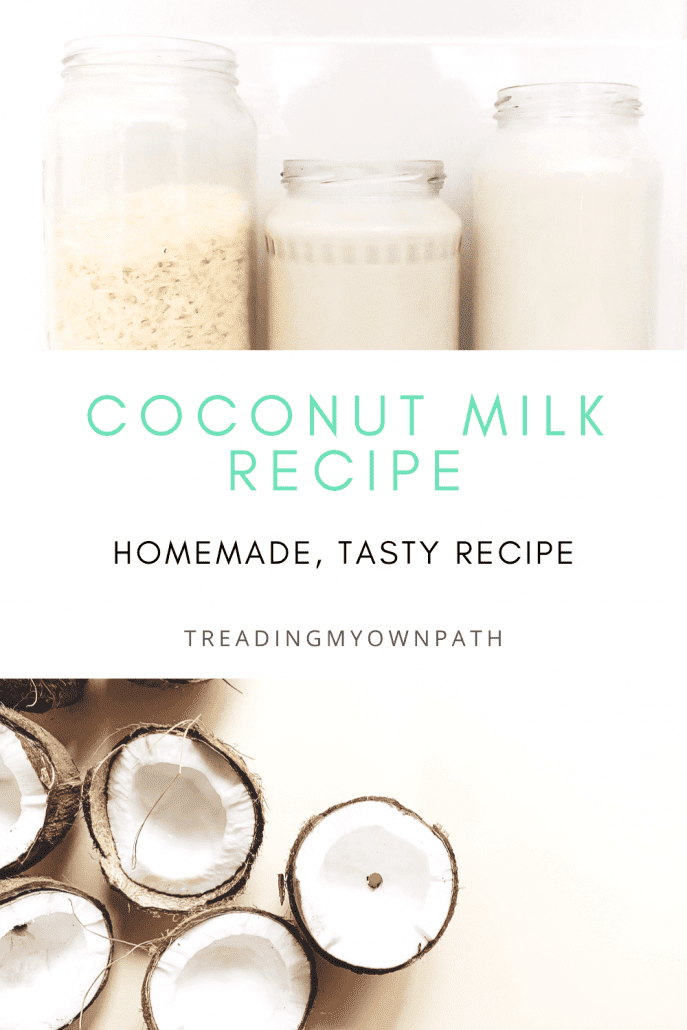
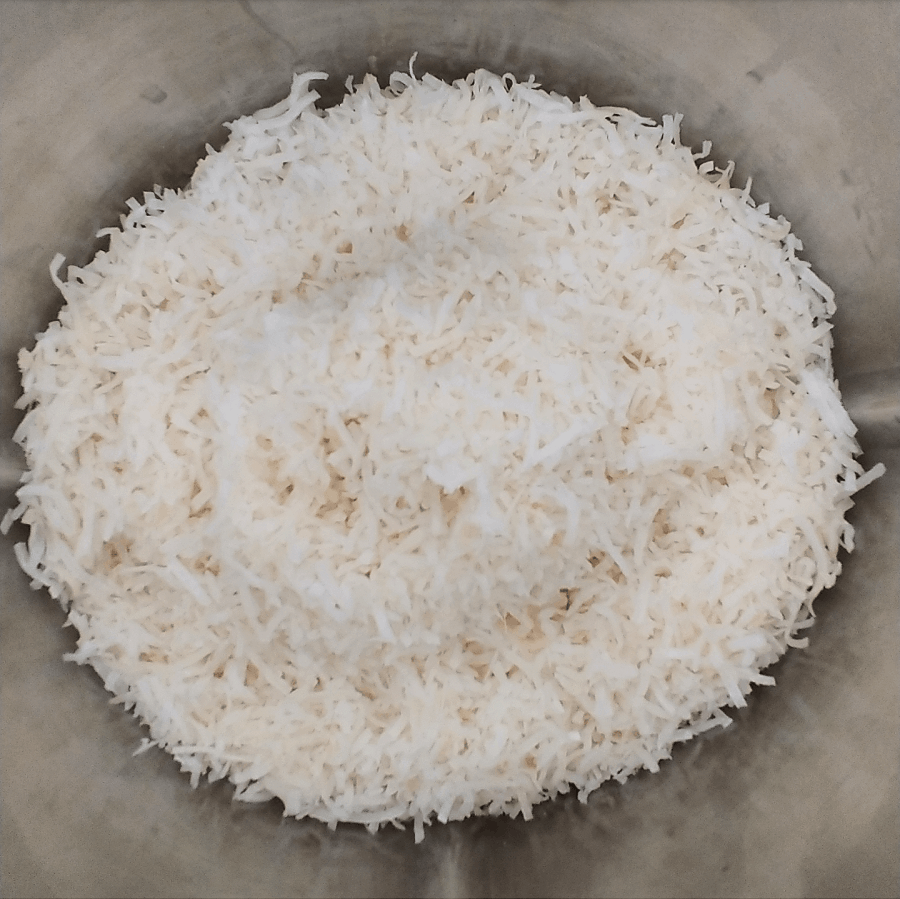
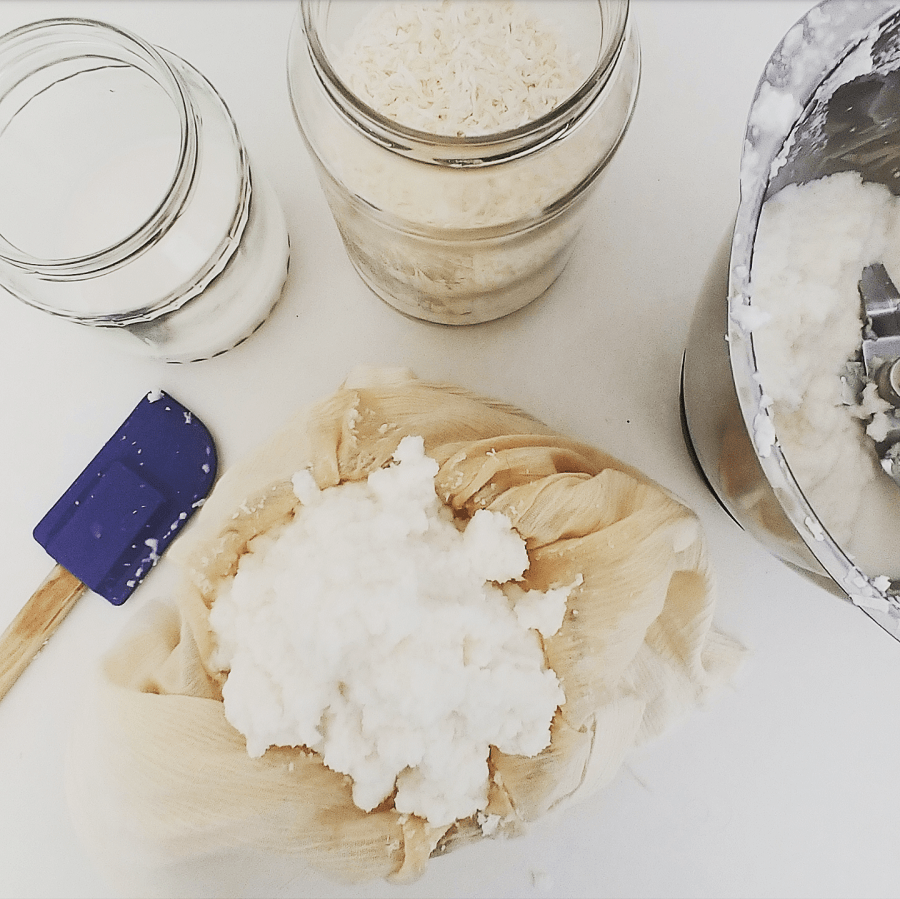
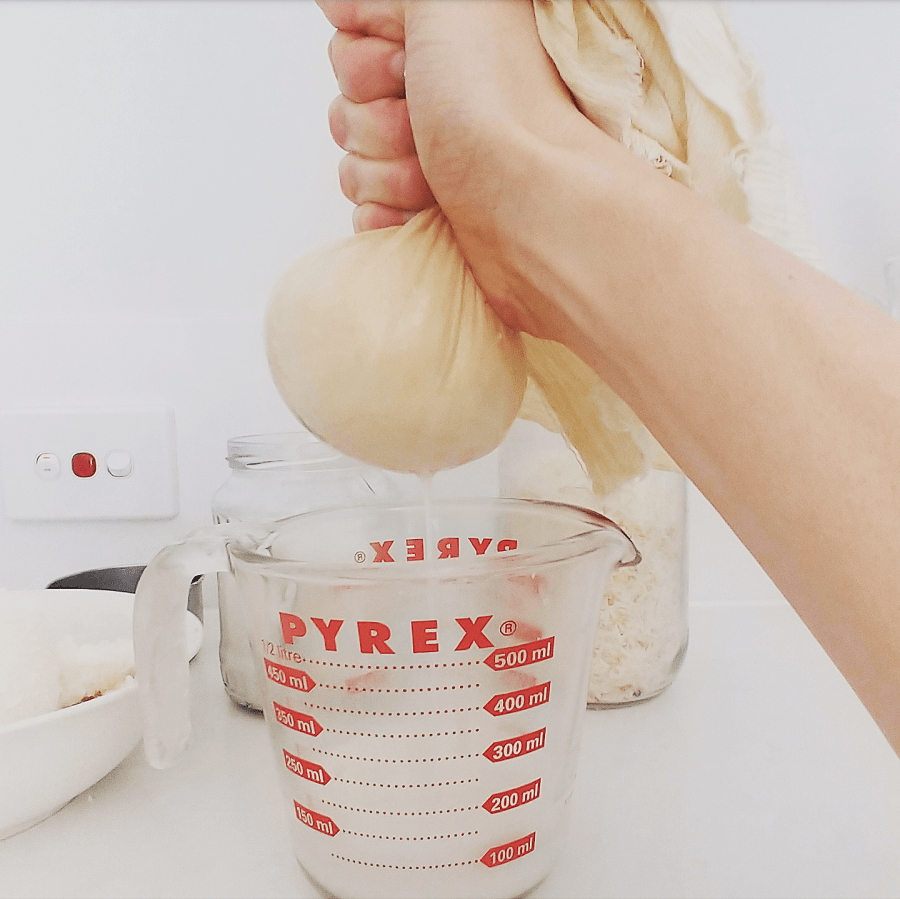
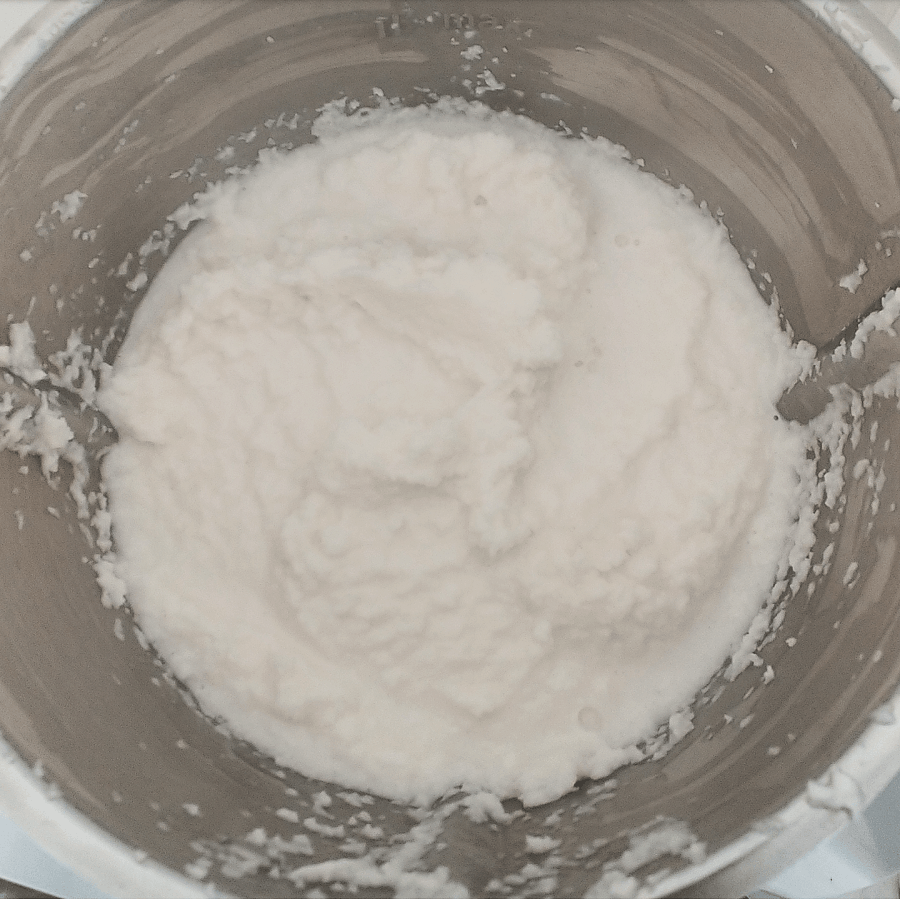
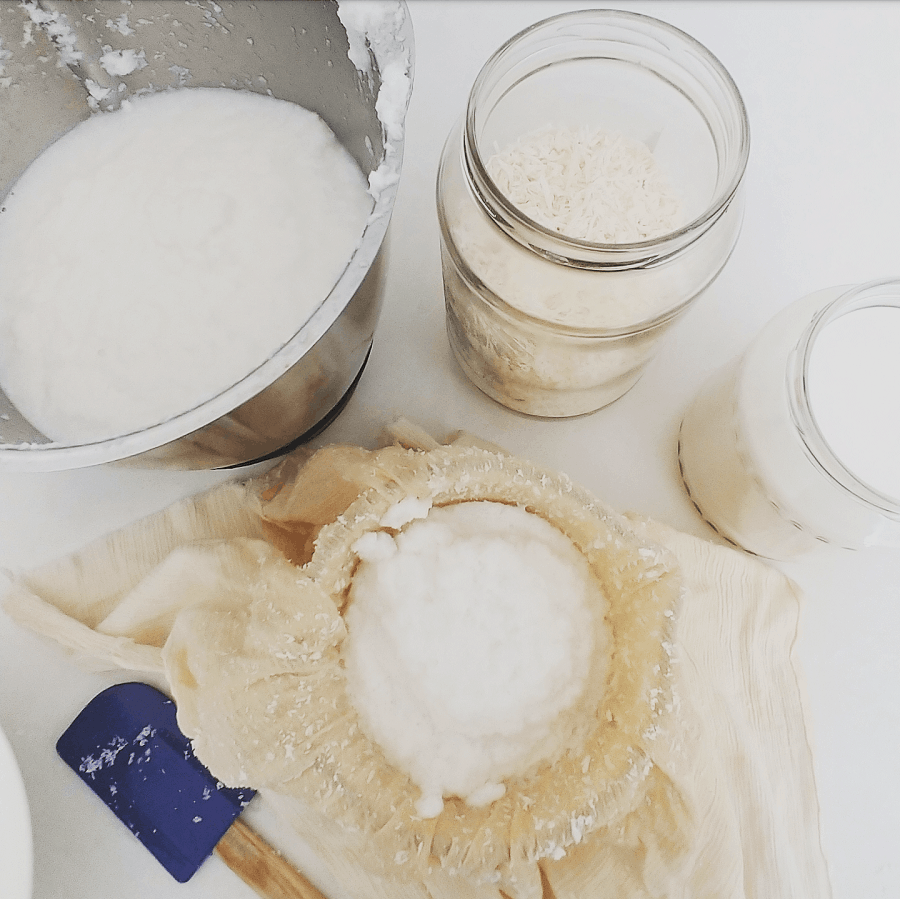
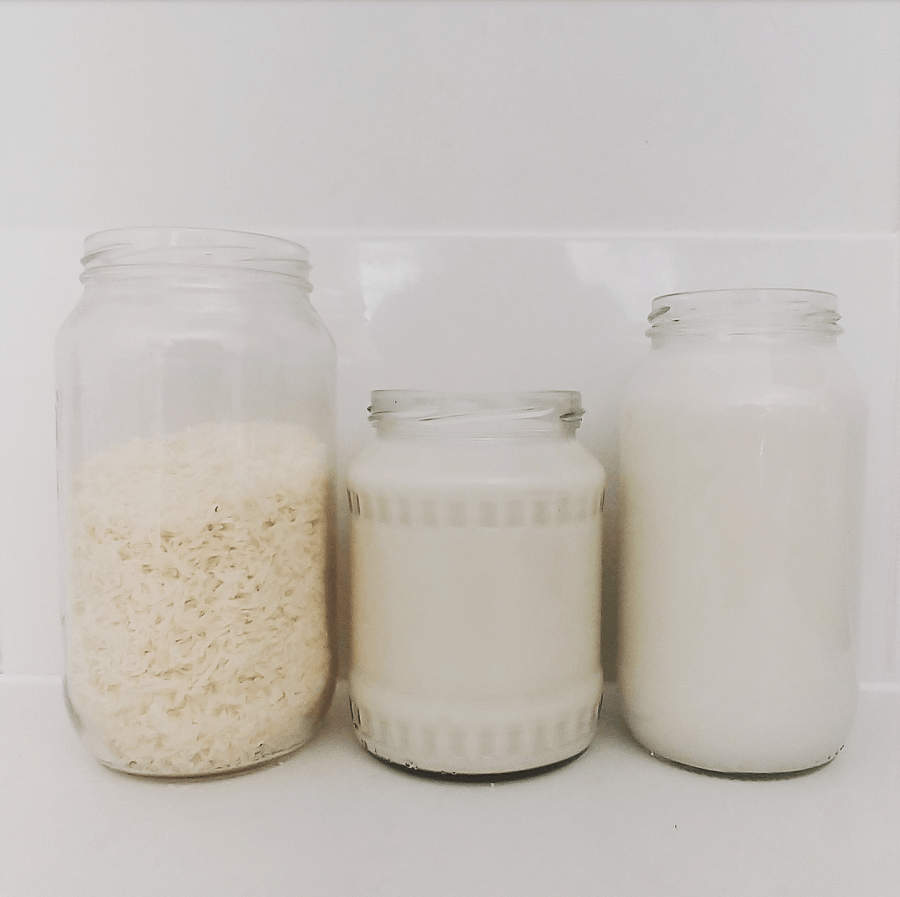
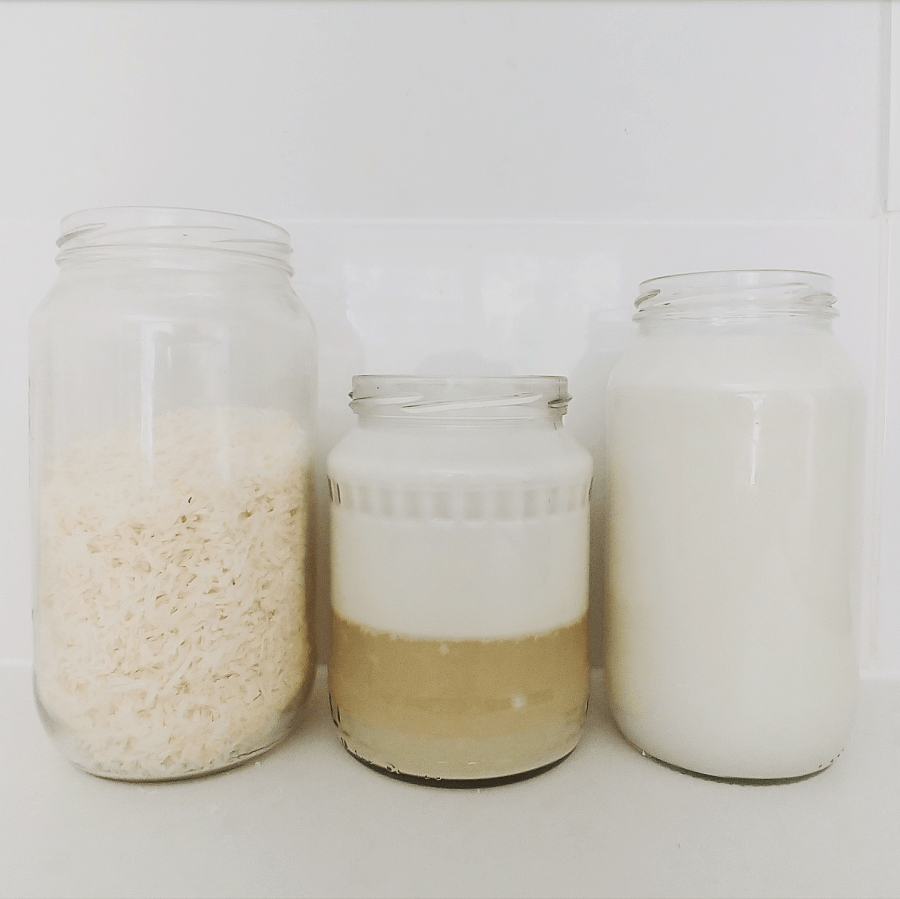
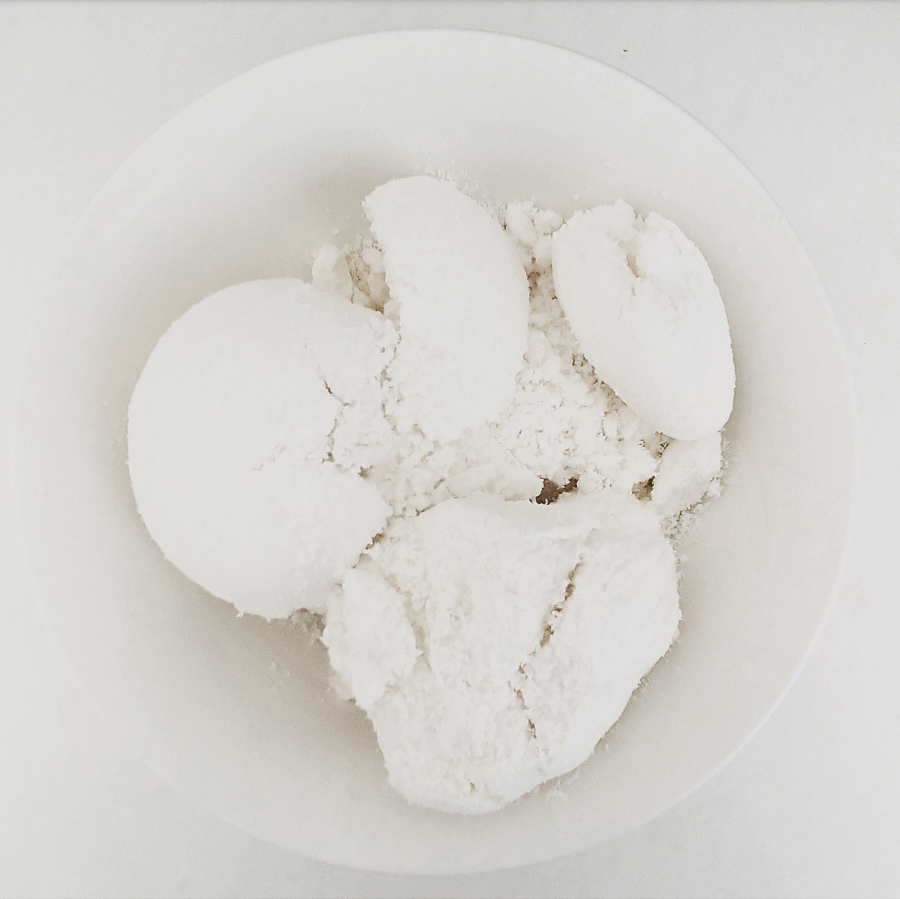


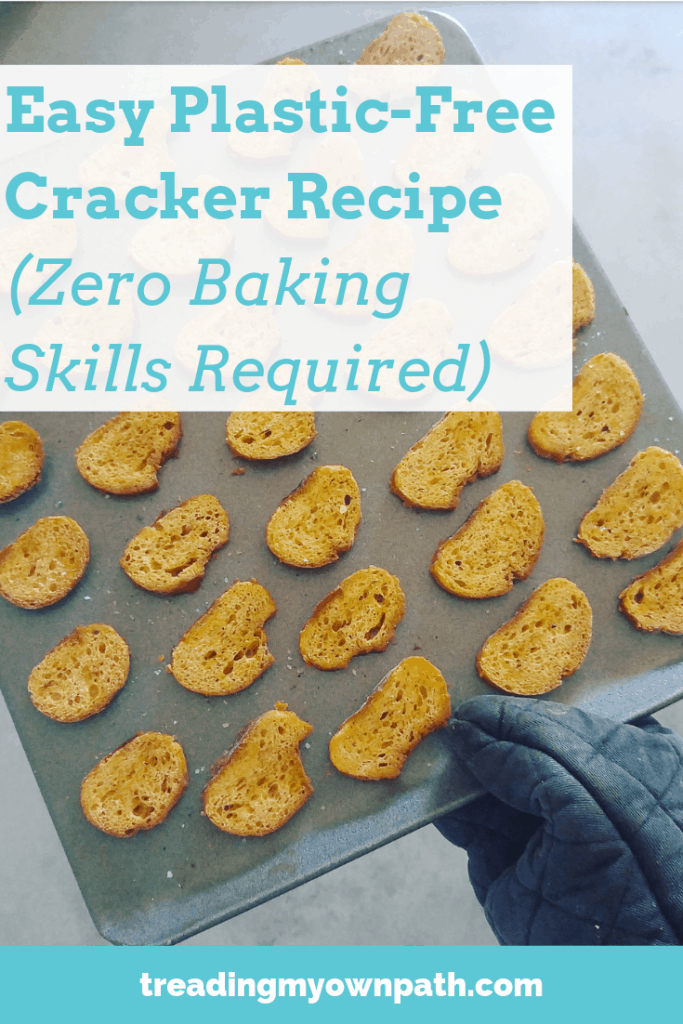
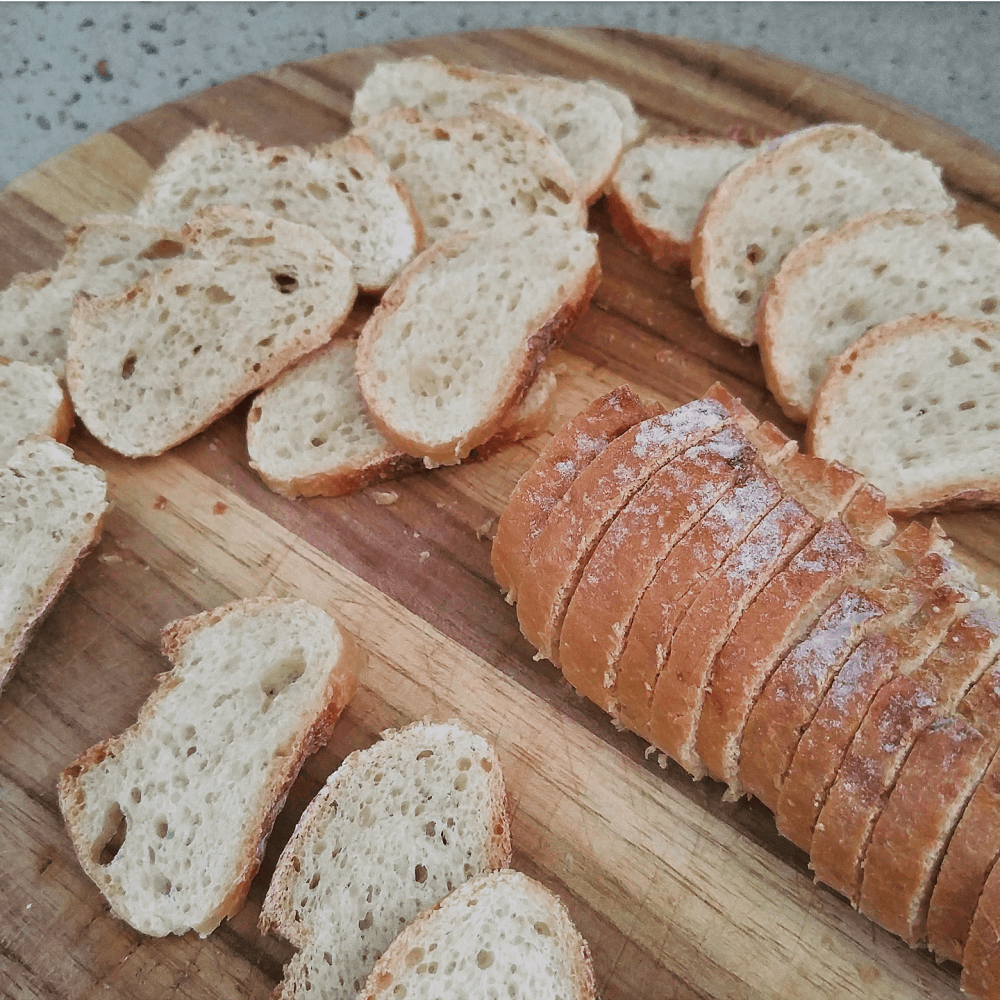
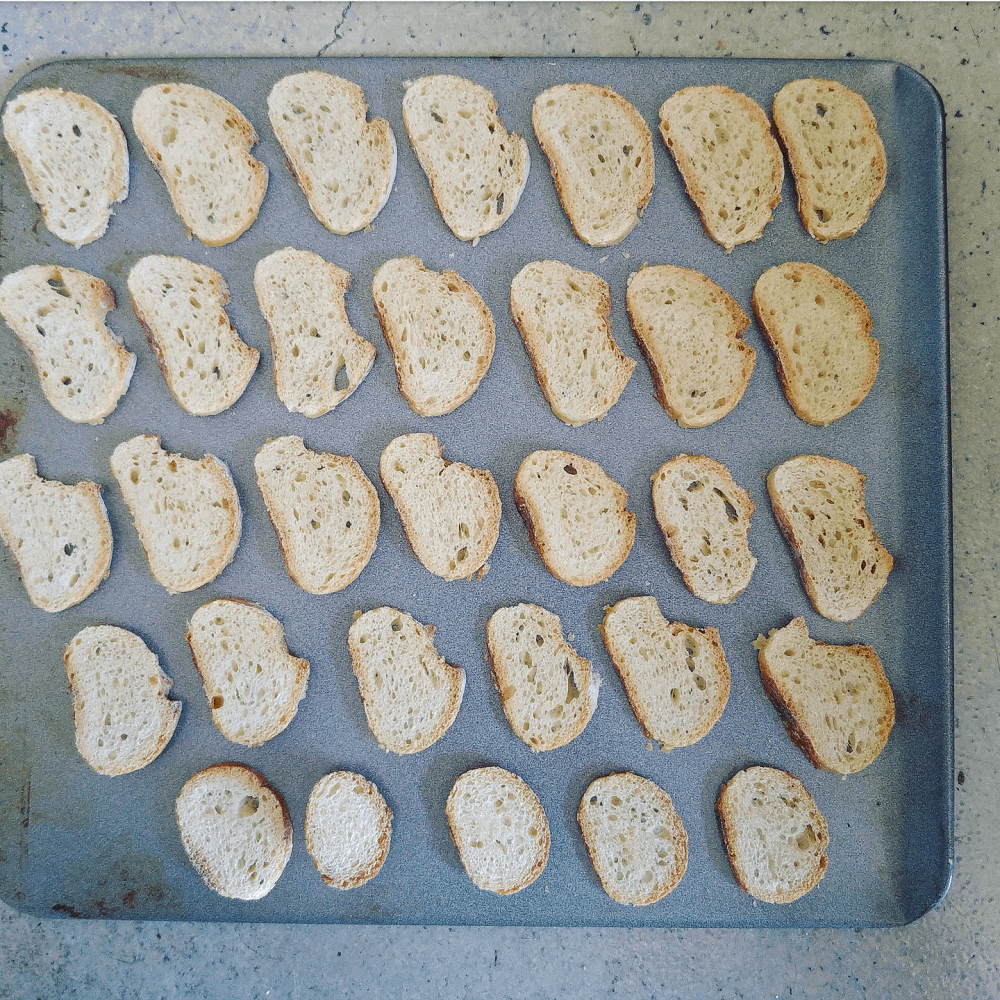

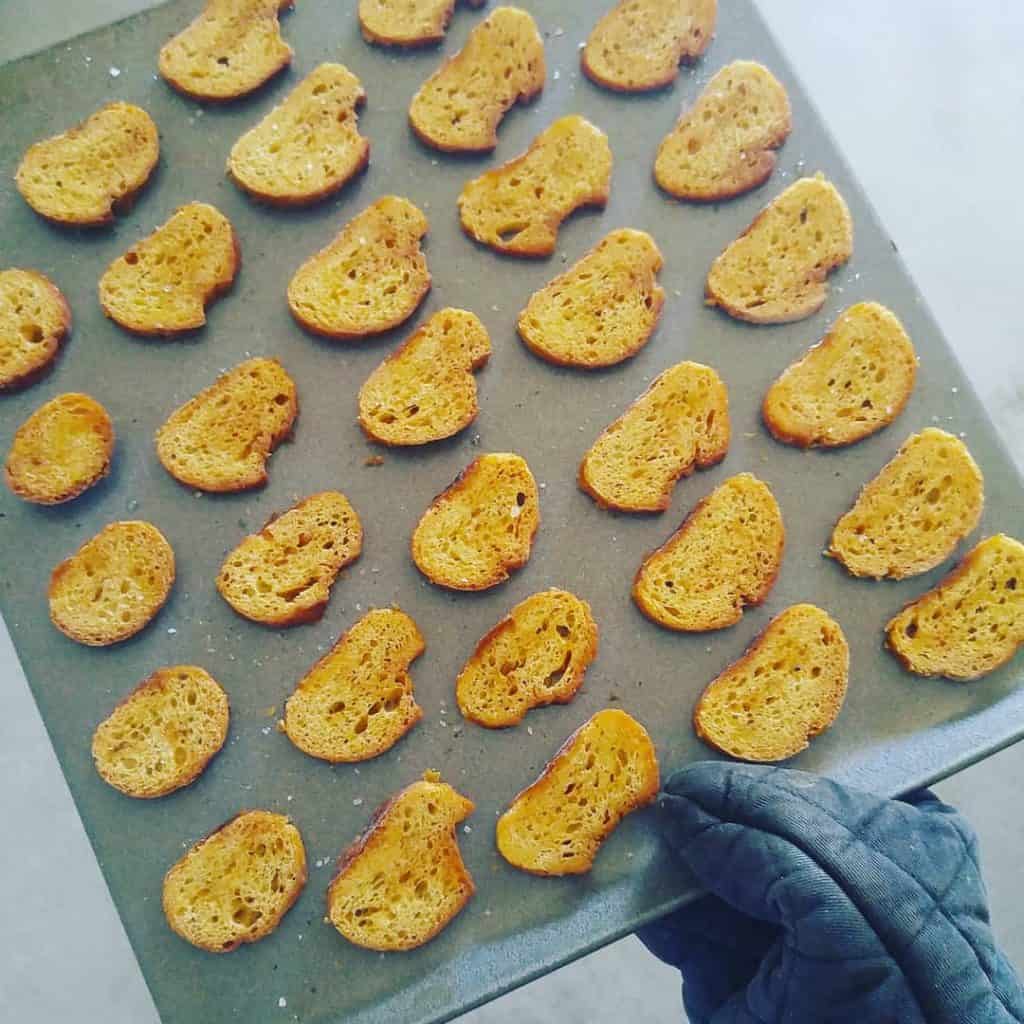

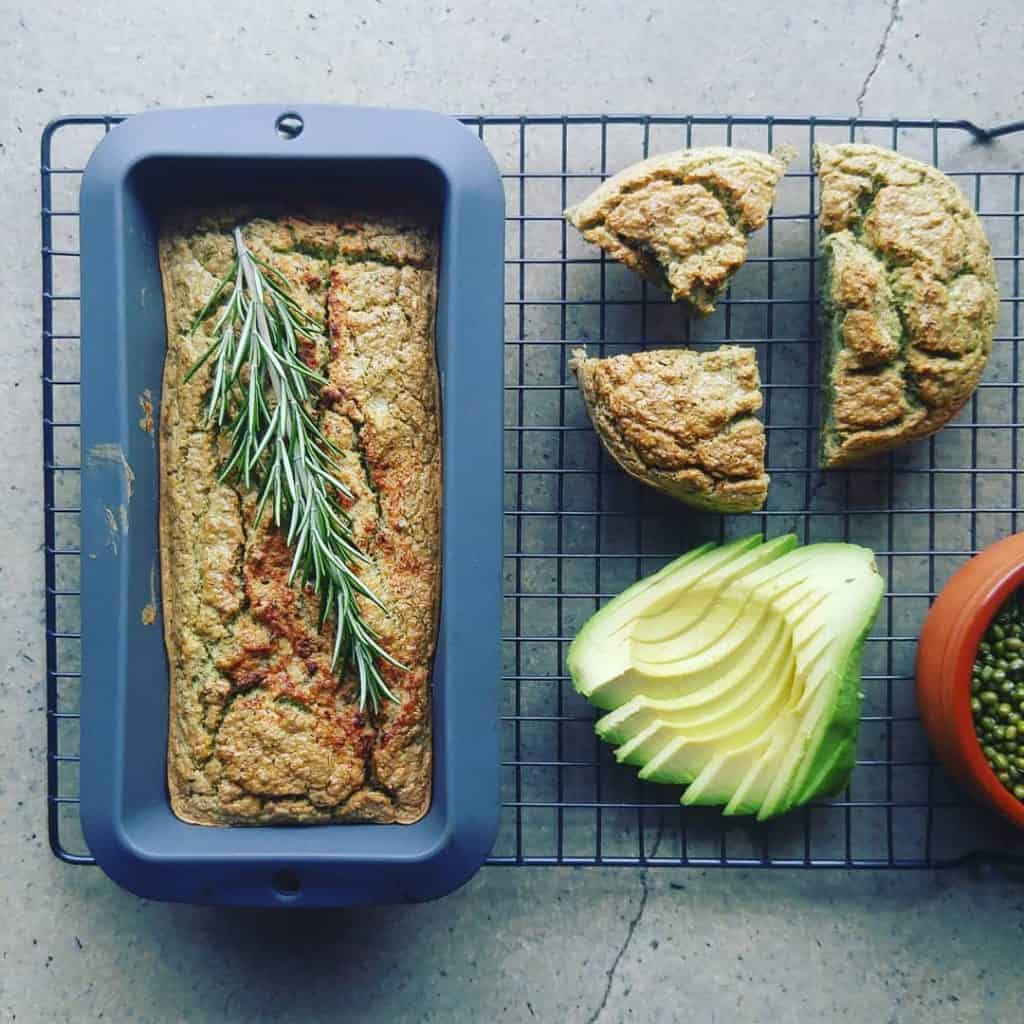
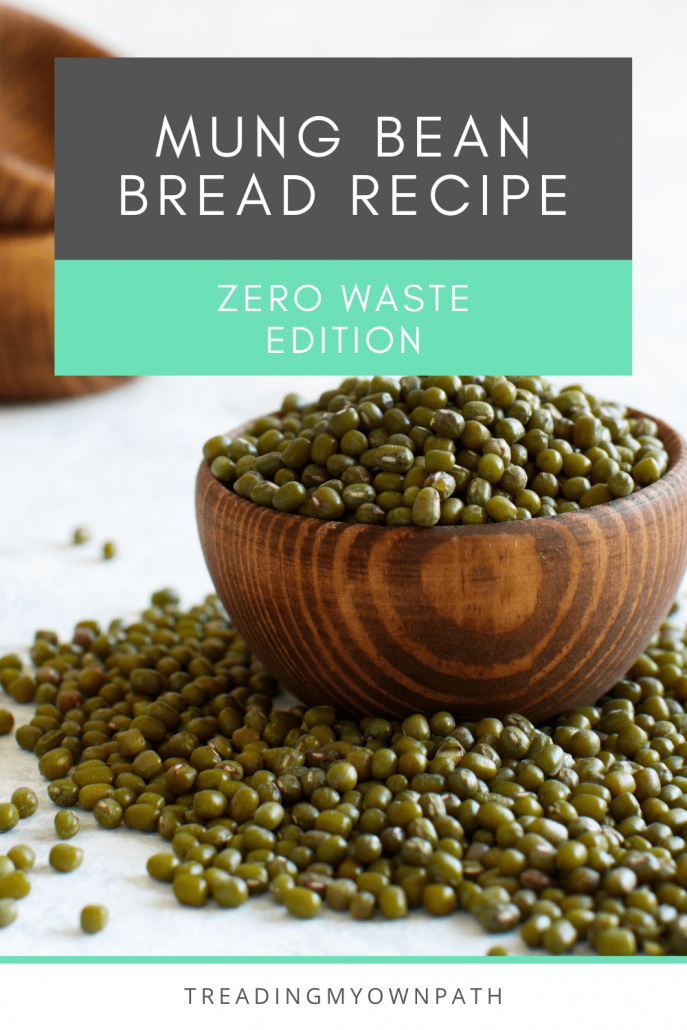
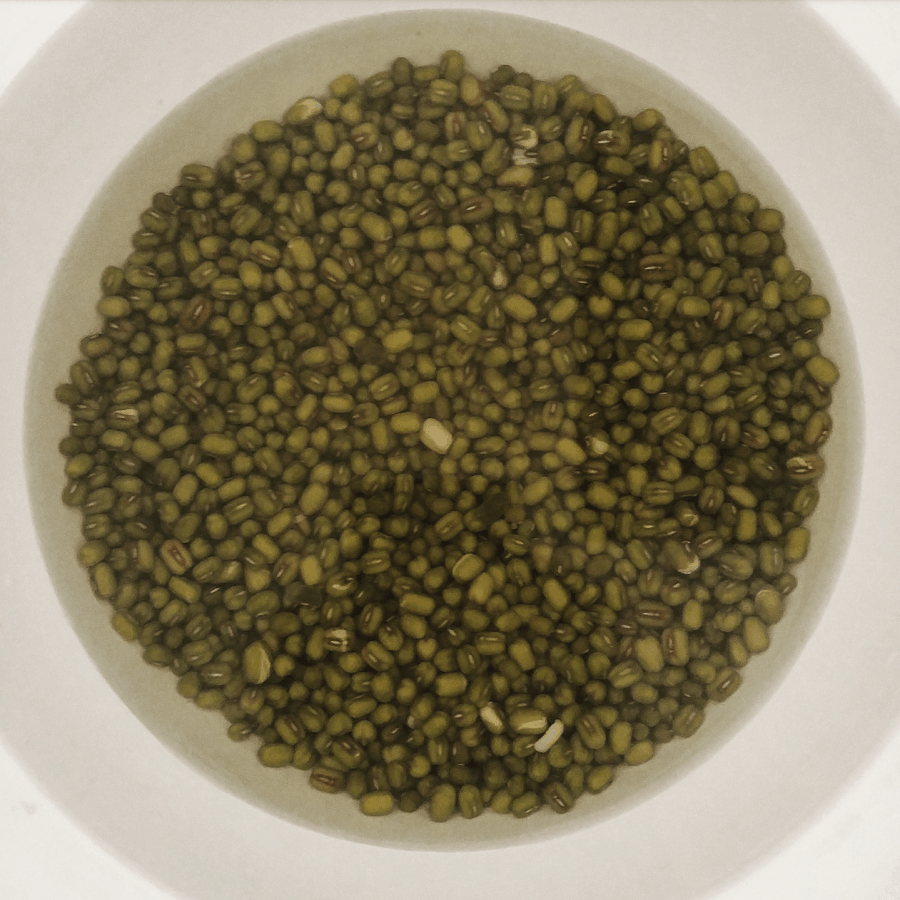
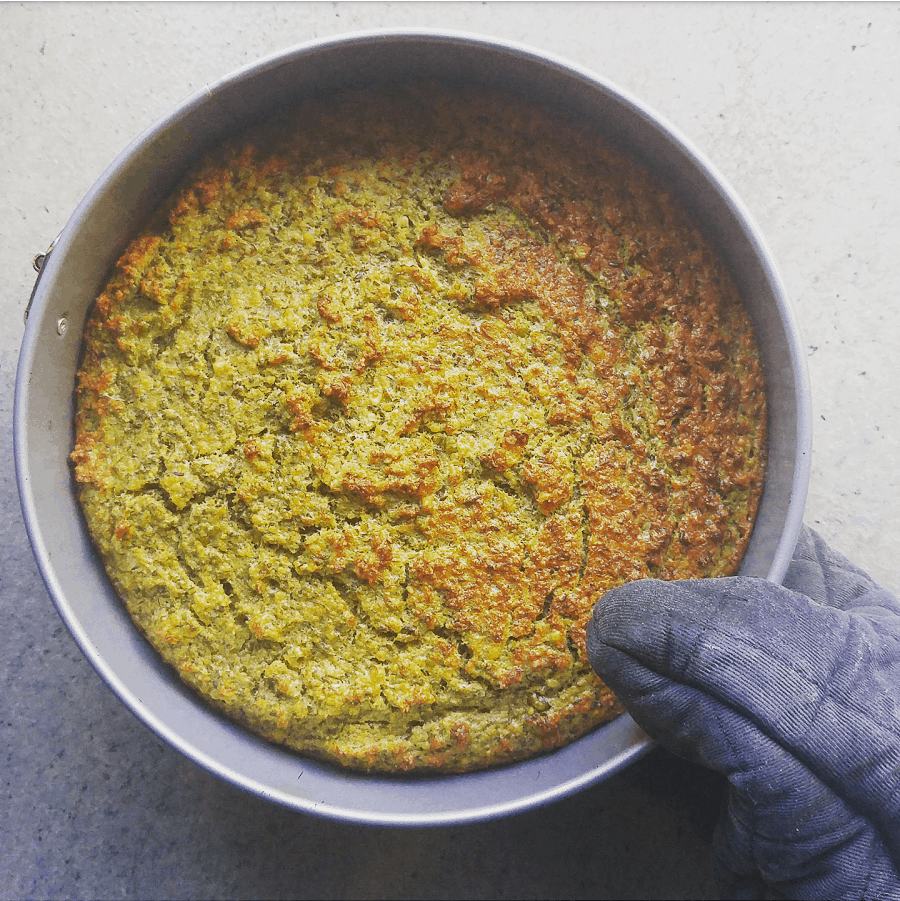
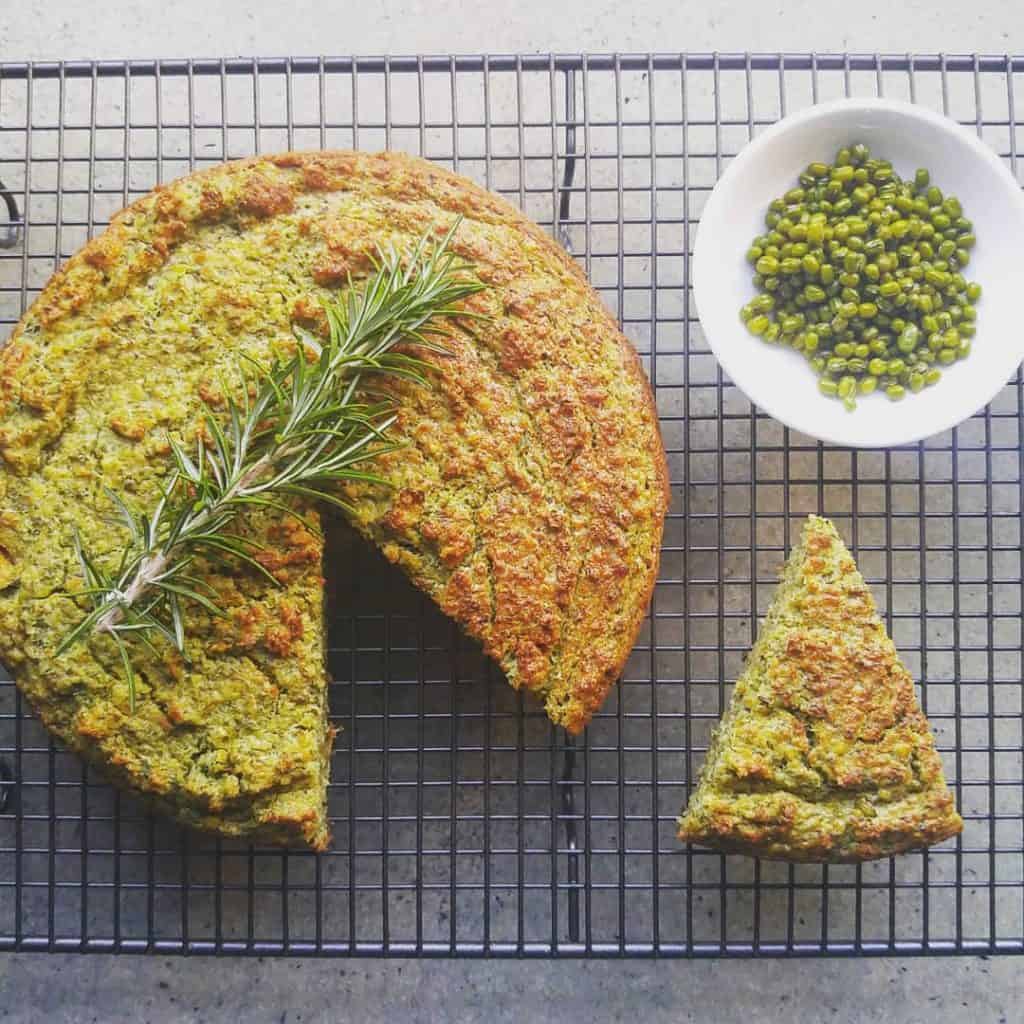
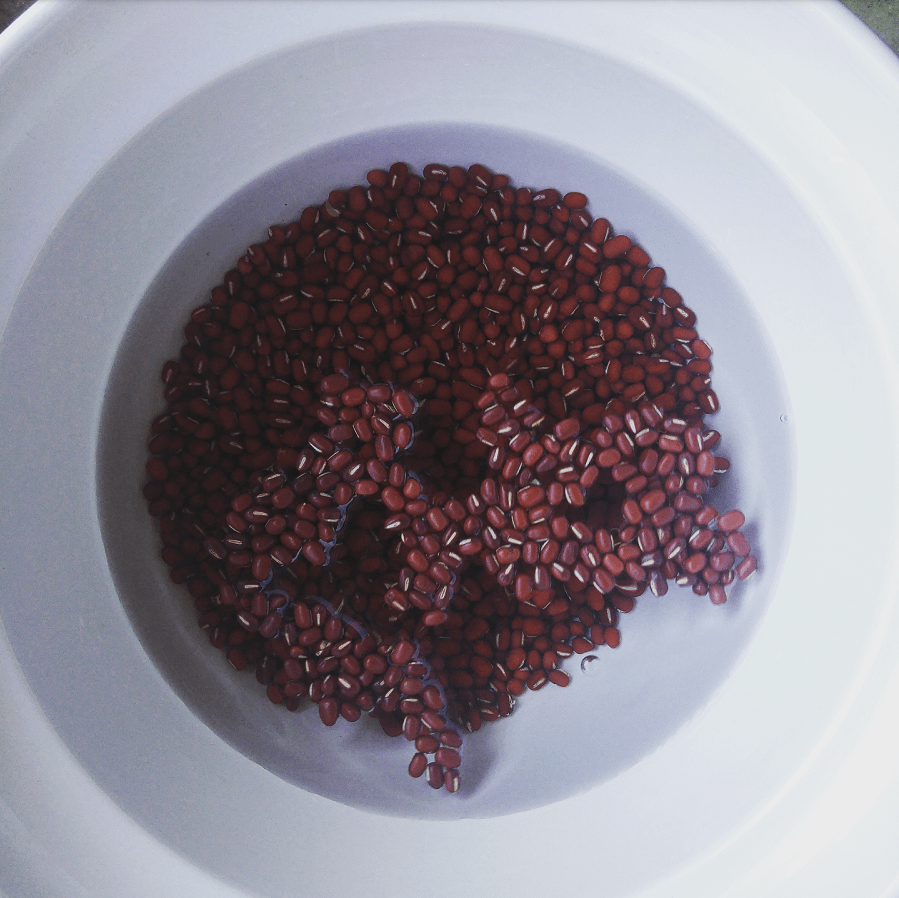
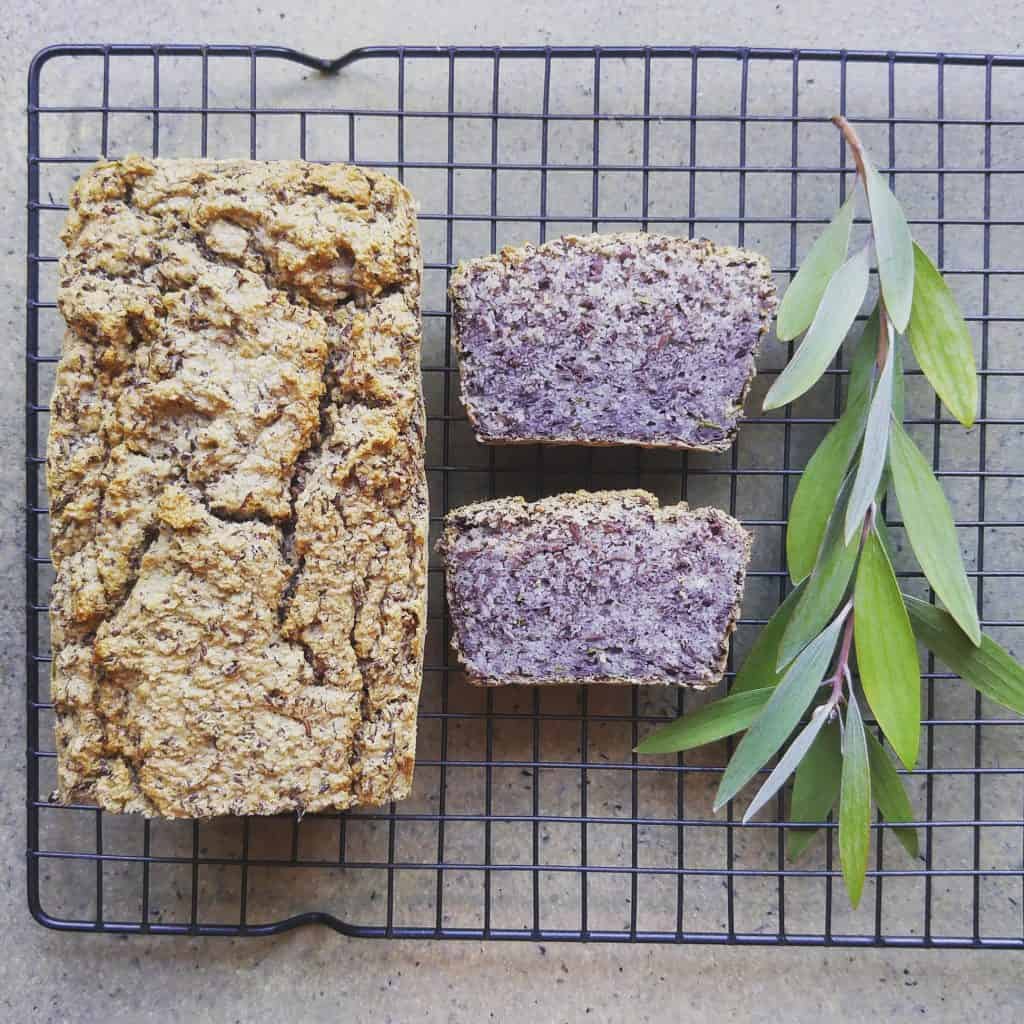
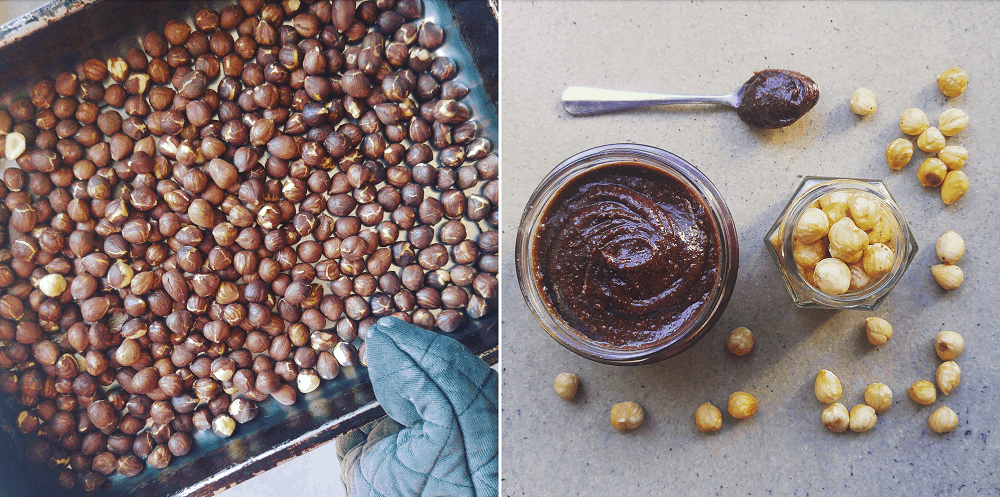
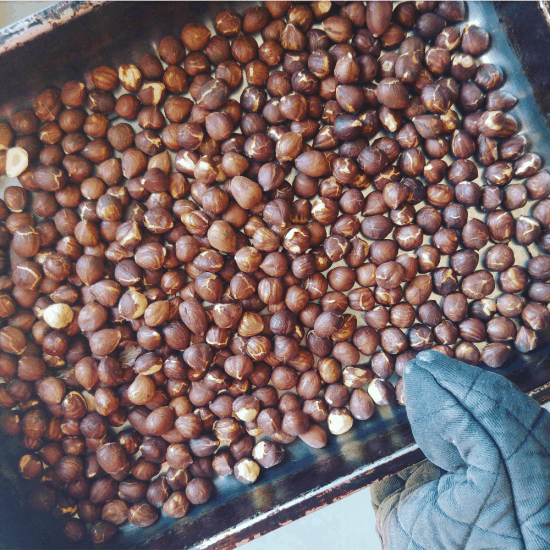
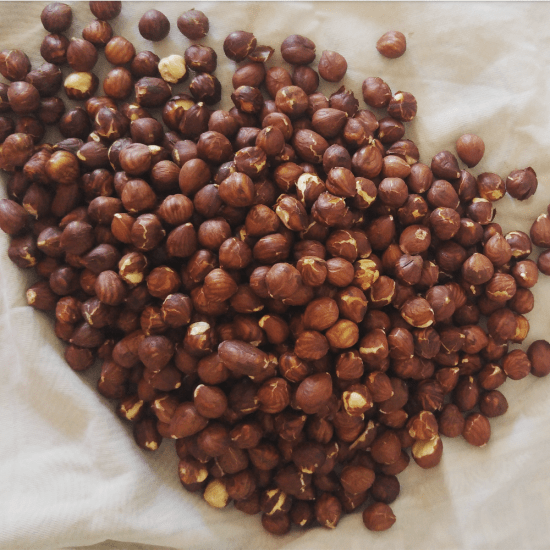
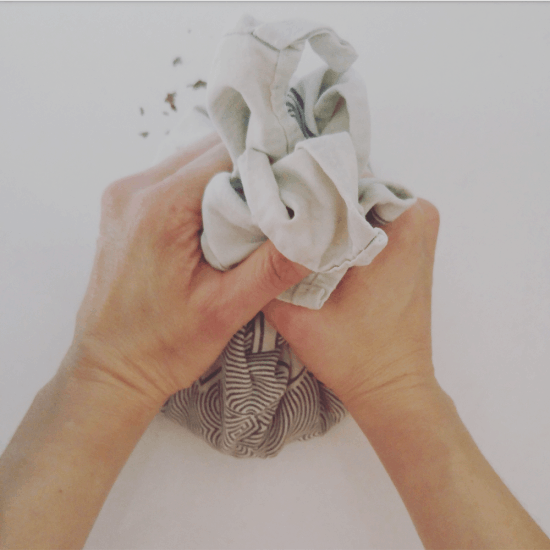
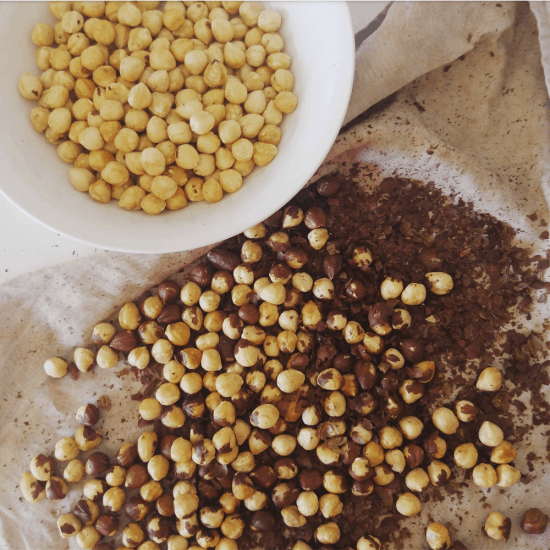
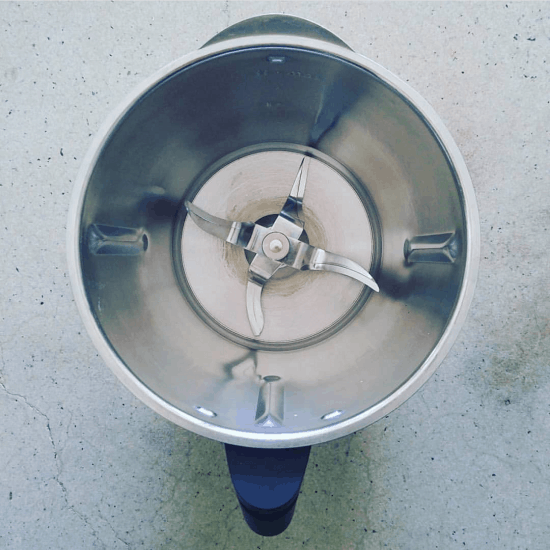

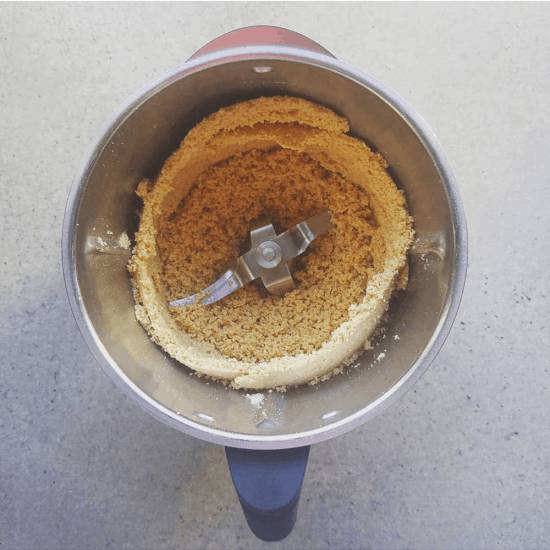
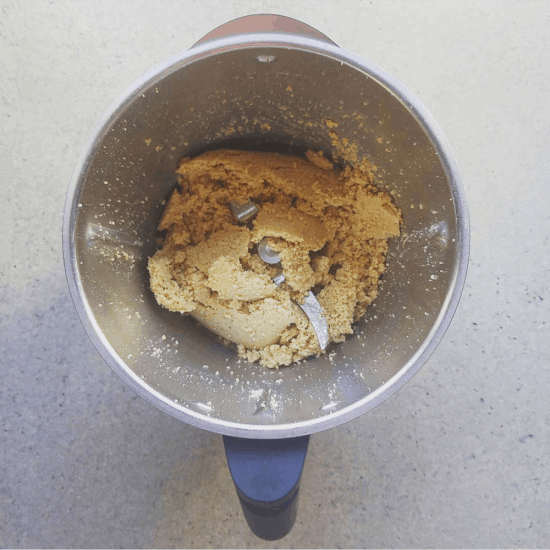
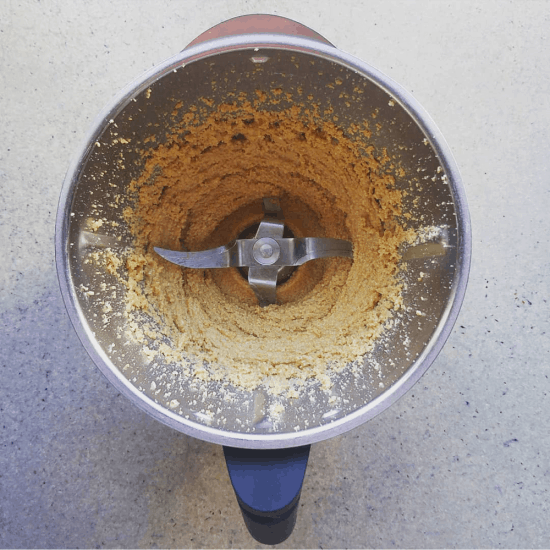
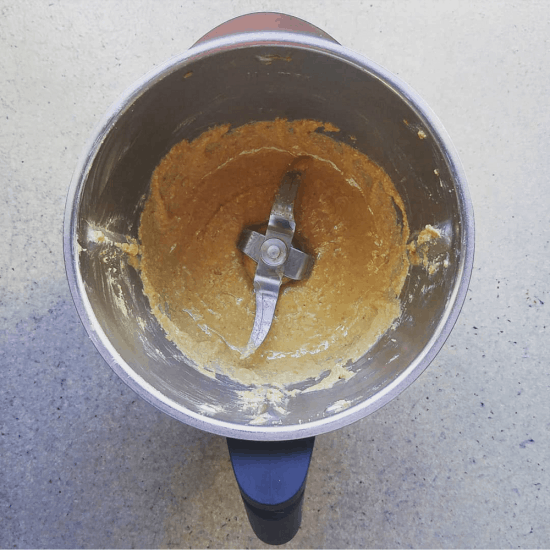
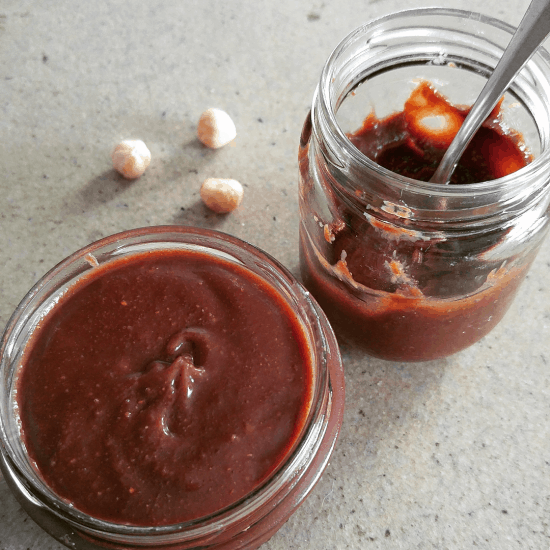


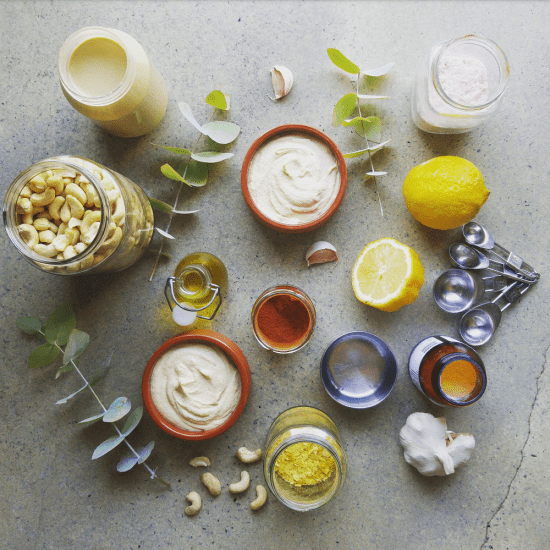
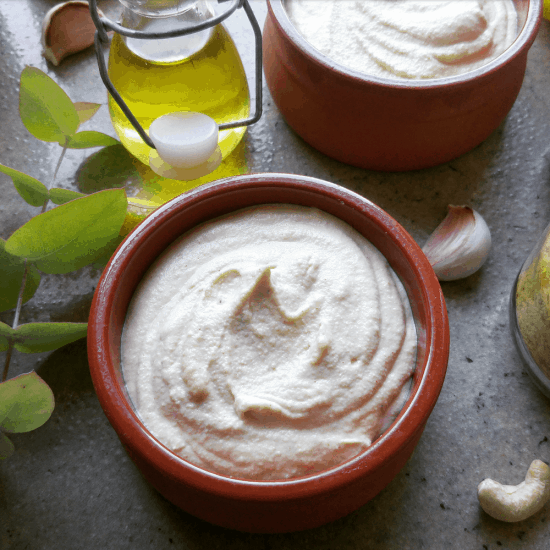
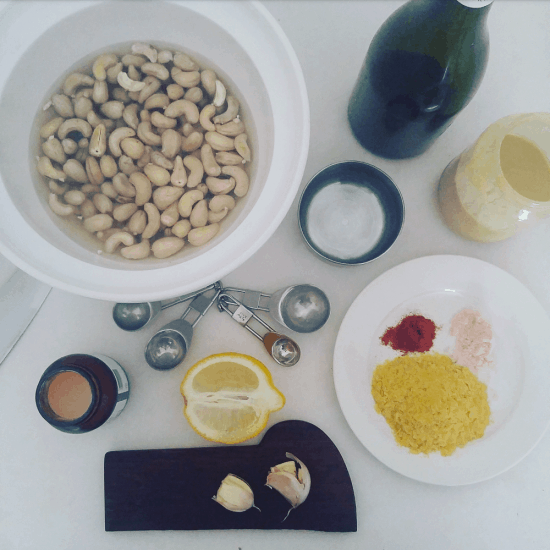
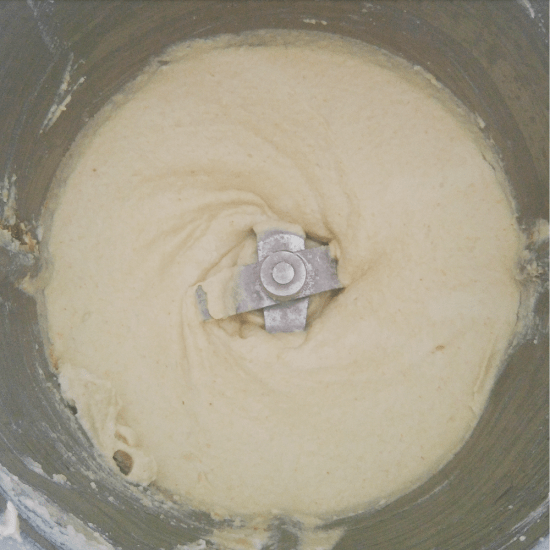
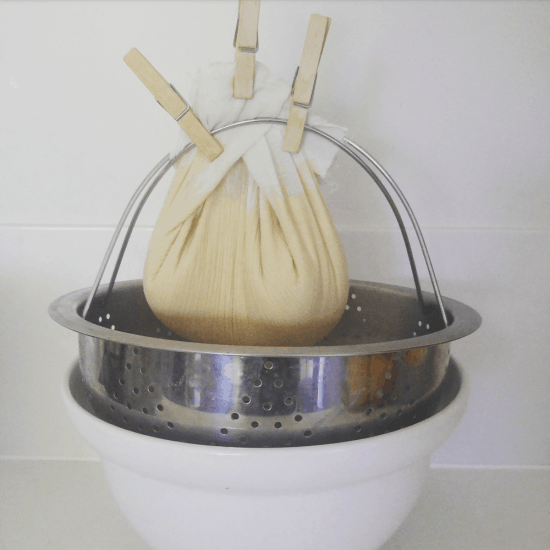
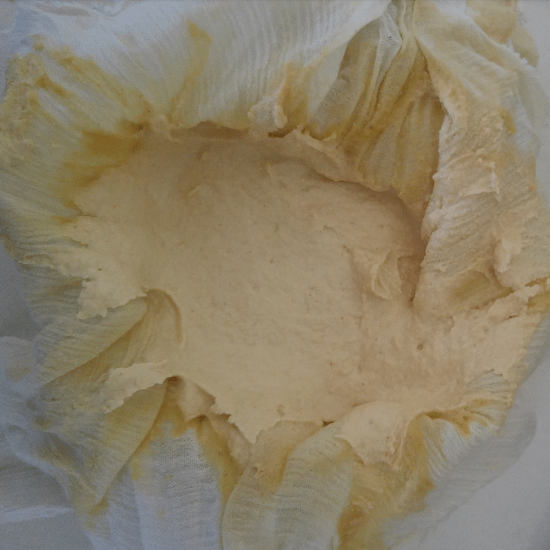
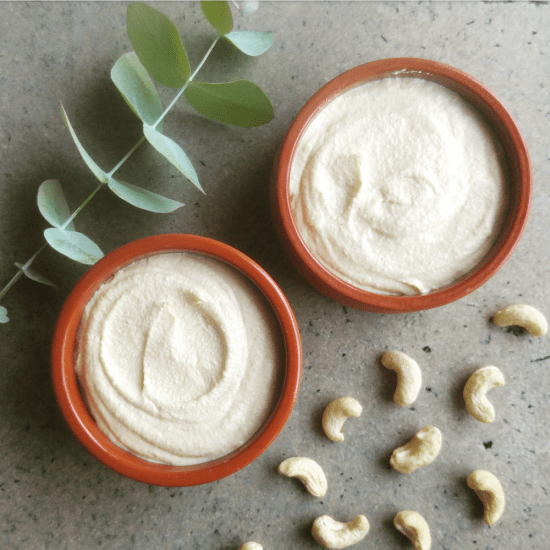
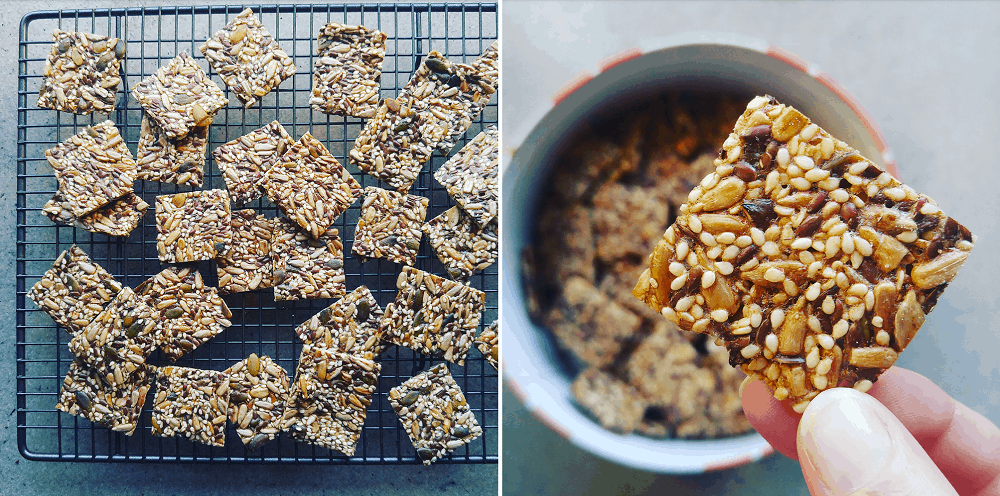
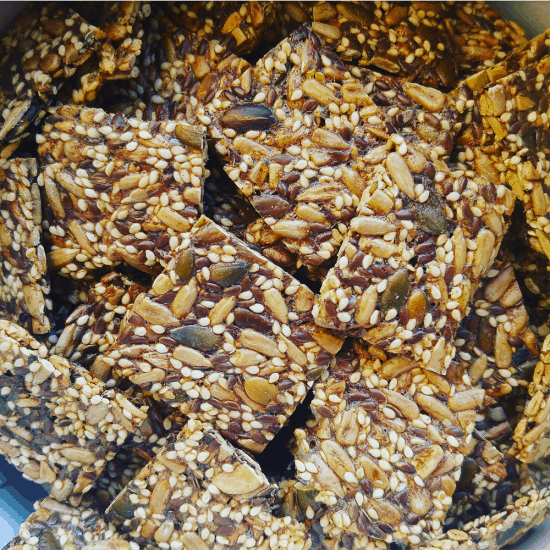
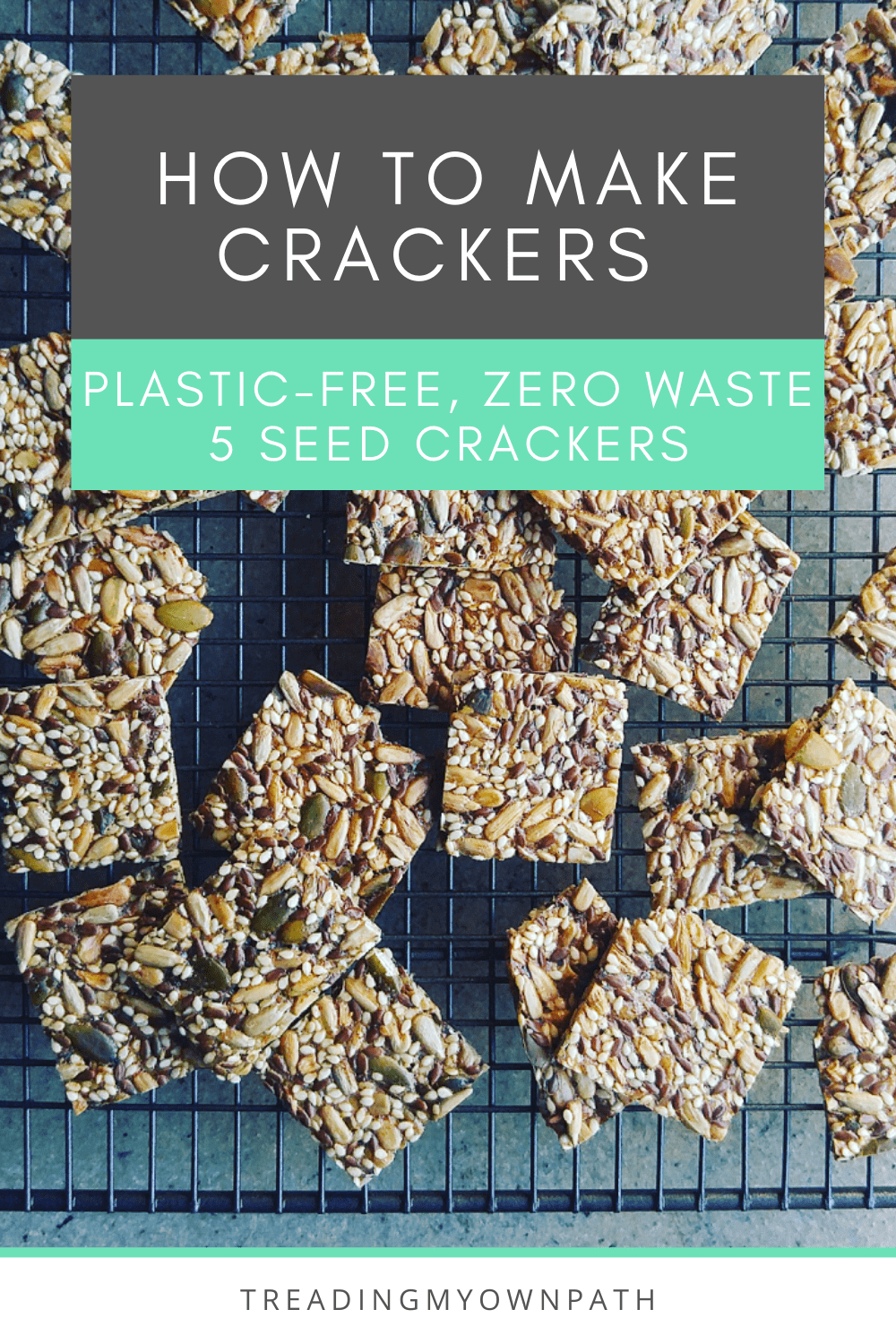 Recipe: Zero Waste 4 Seed Crackers
Recipe: Zero Waste 4 Seed Crackers